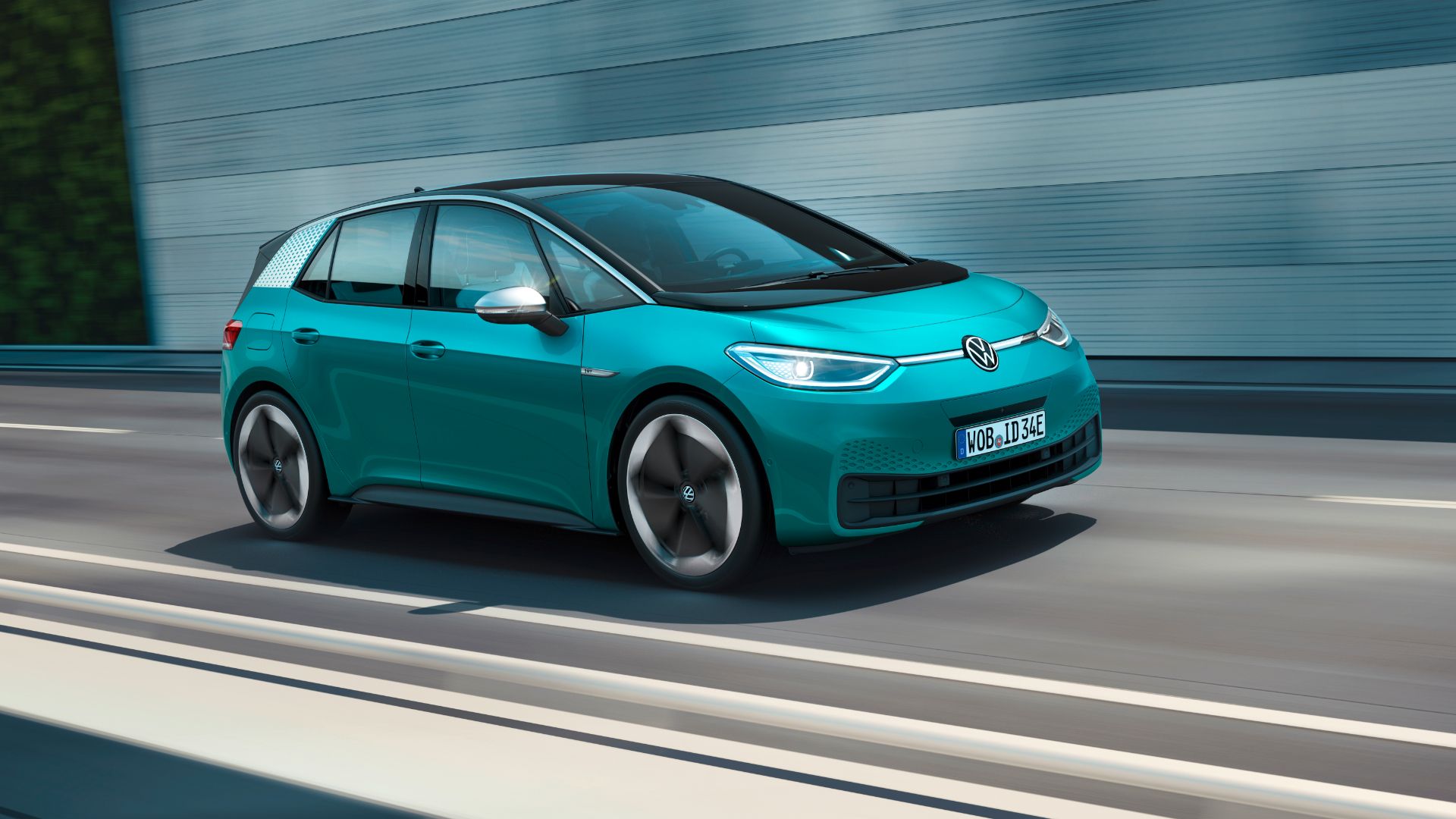
World Energy Day 2019, held on 22 October, is designed to raise awareness of energy use and promote decarbonisation efforts. Here are the electric cars you can order now to reduce your carbon footprint, including the new Volkswagen ID.3, Porsche Taycan and an affordable electric MG crossover.
Volkswagen ID.3
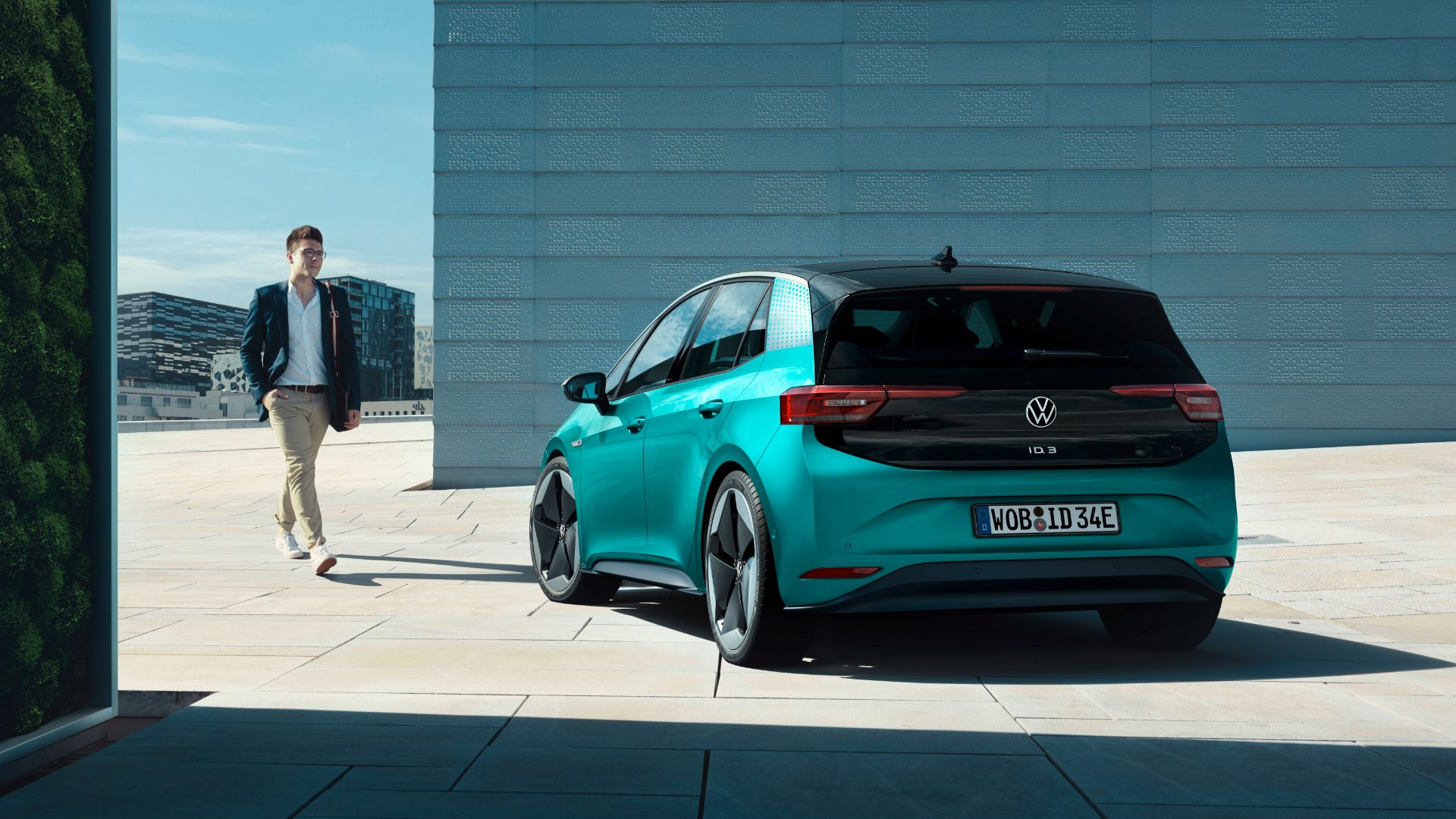
The ID.3, the first member of VW’s forthcoming family of ID electric cars, is arguably the hottest EV of the moment. Three versions will be available, with WLTP-certified ranges of 205, 260 and 340 miles respectively. Fitting the footprint of a Golf, the ‘3’ stands for the ID.3 being the third chapter of the ‘people’s car’, after the original Beetle and the Golf.
MG ZS EV
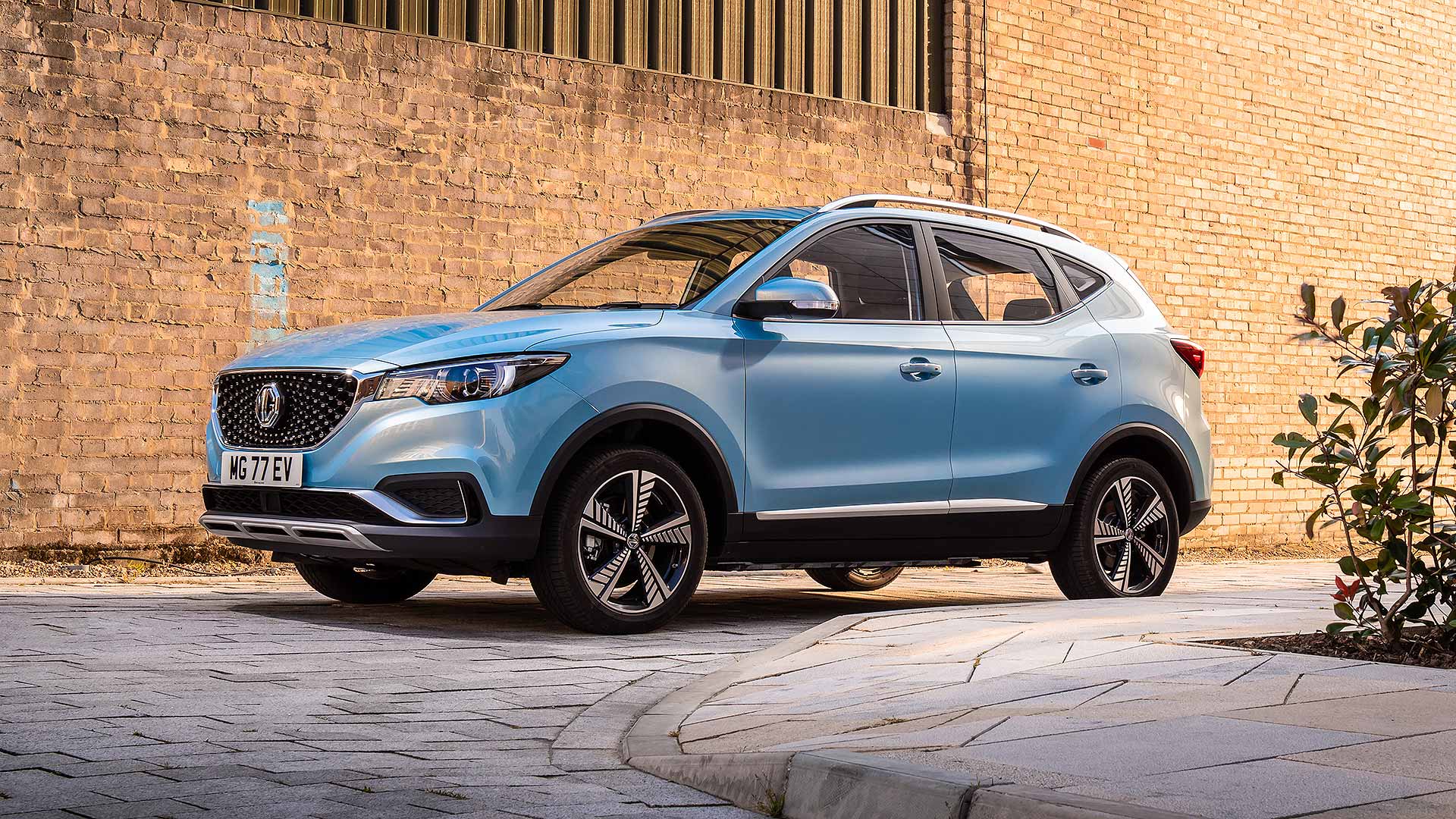
MG calls the ZS EV the “first truly affordable family electric car”. Quite the claim, but it did the business for the first few adopters at £21,495. Why so cheap? Because MG matched the government’s £3,500 plug-in car grant. That deal has since passed, however, so you’ll pay £24,995 for MG’s ‘truly affordable’ electric car.
Peugeot e-208 electric
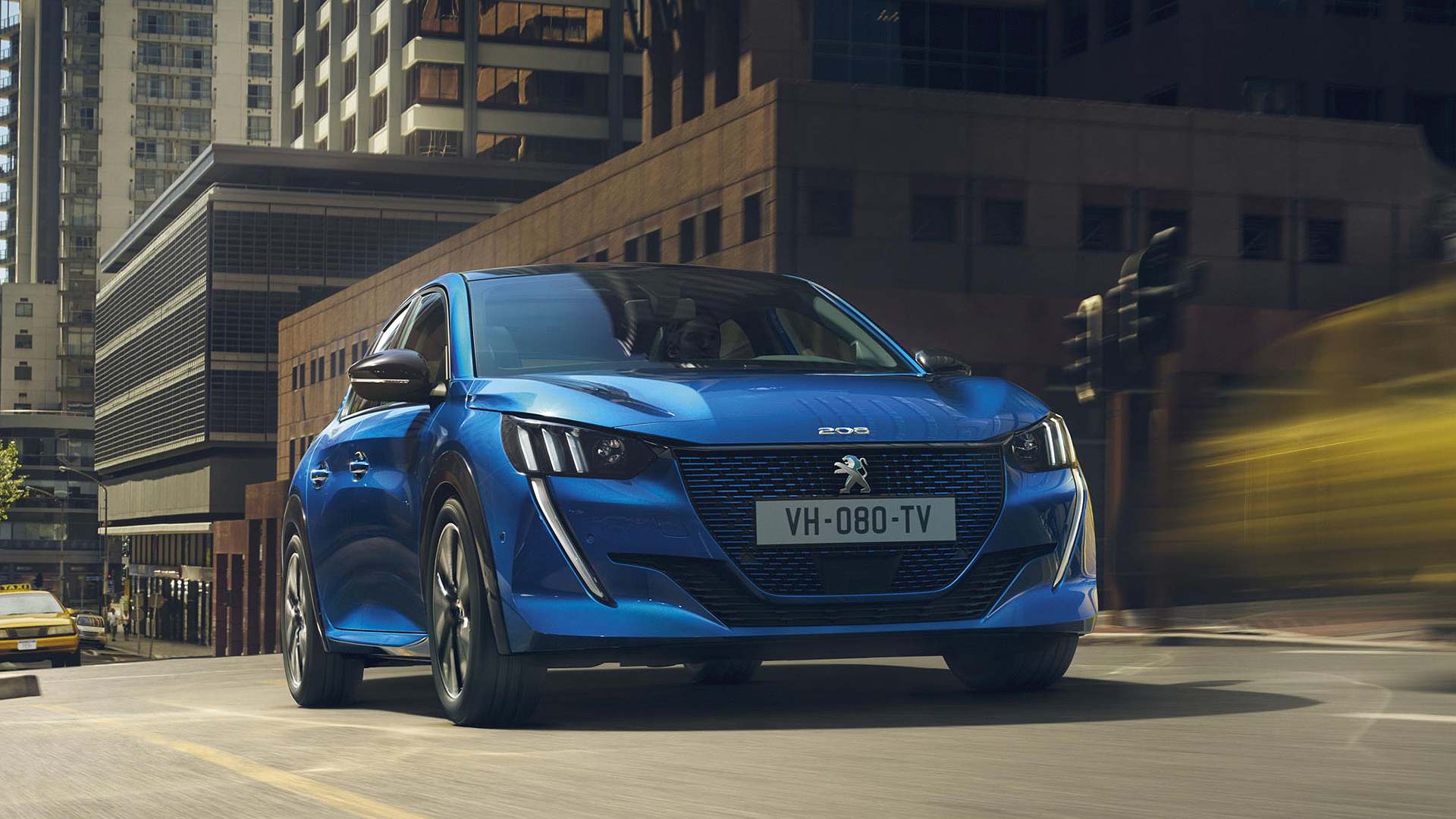
Electrification is coming to the masses via supermini EVs. First to enter the fray is the Peugeot e-208. It’s as viable as they come, with a claimed 211-mile WLTP range. It can charge up to 80 percent in an hour and should be fairly affordable to buy.
Vauxhall Corsa
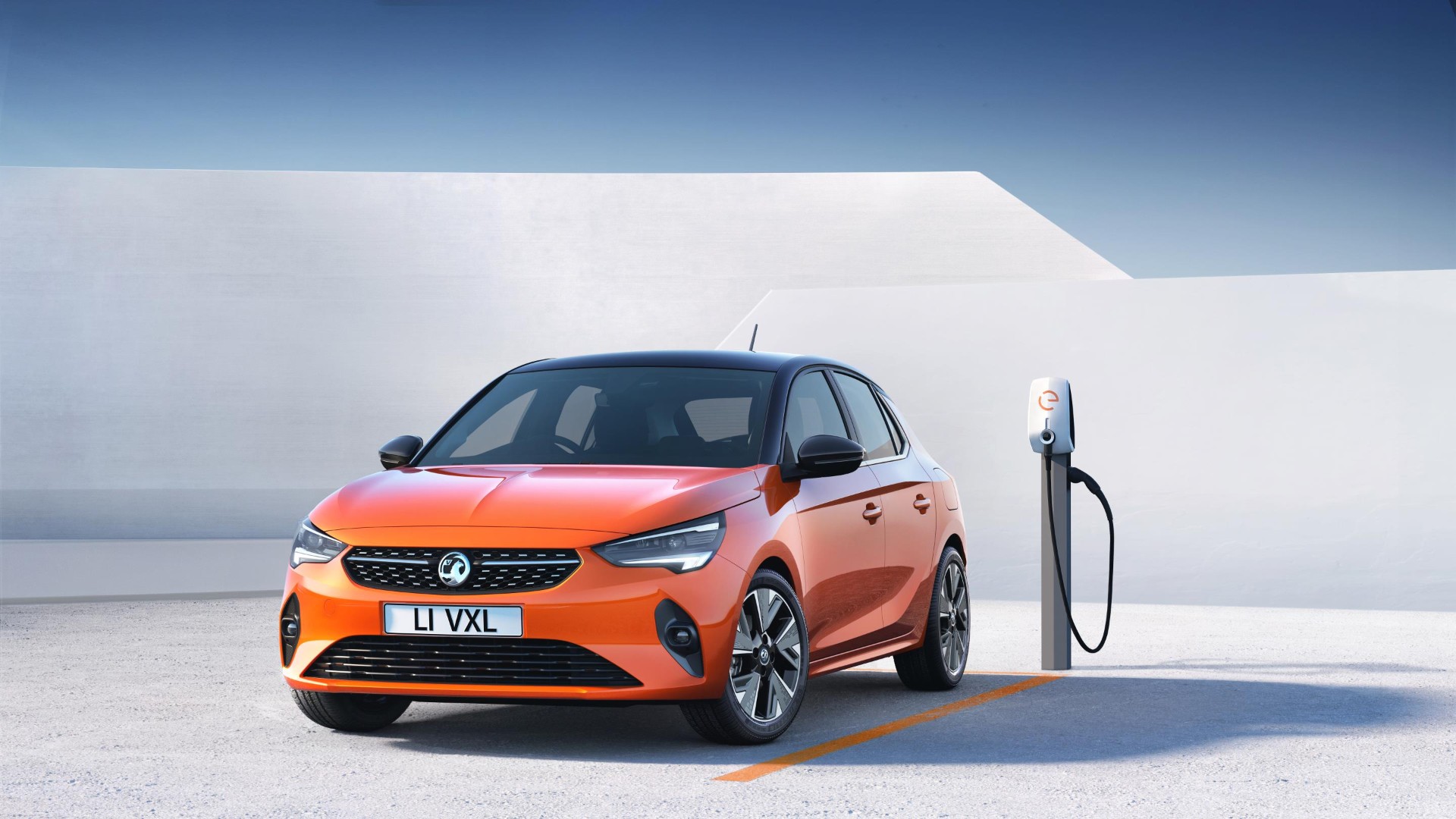
With Vauxhall under the PSA umbrella, the 208 will have a close relation in the new Corsa. As such, it’ll also be available in all-electric Corsa-e form, with range figures of up to 205 miles. They’ve even developed a rally version…
Porsche Taycan
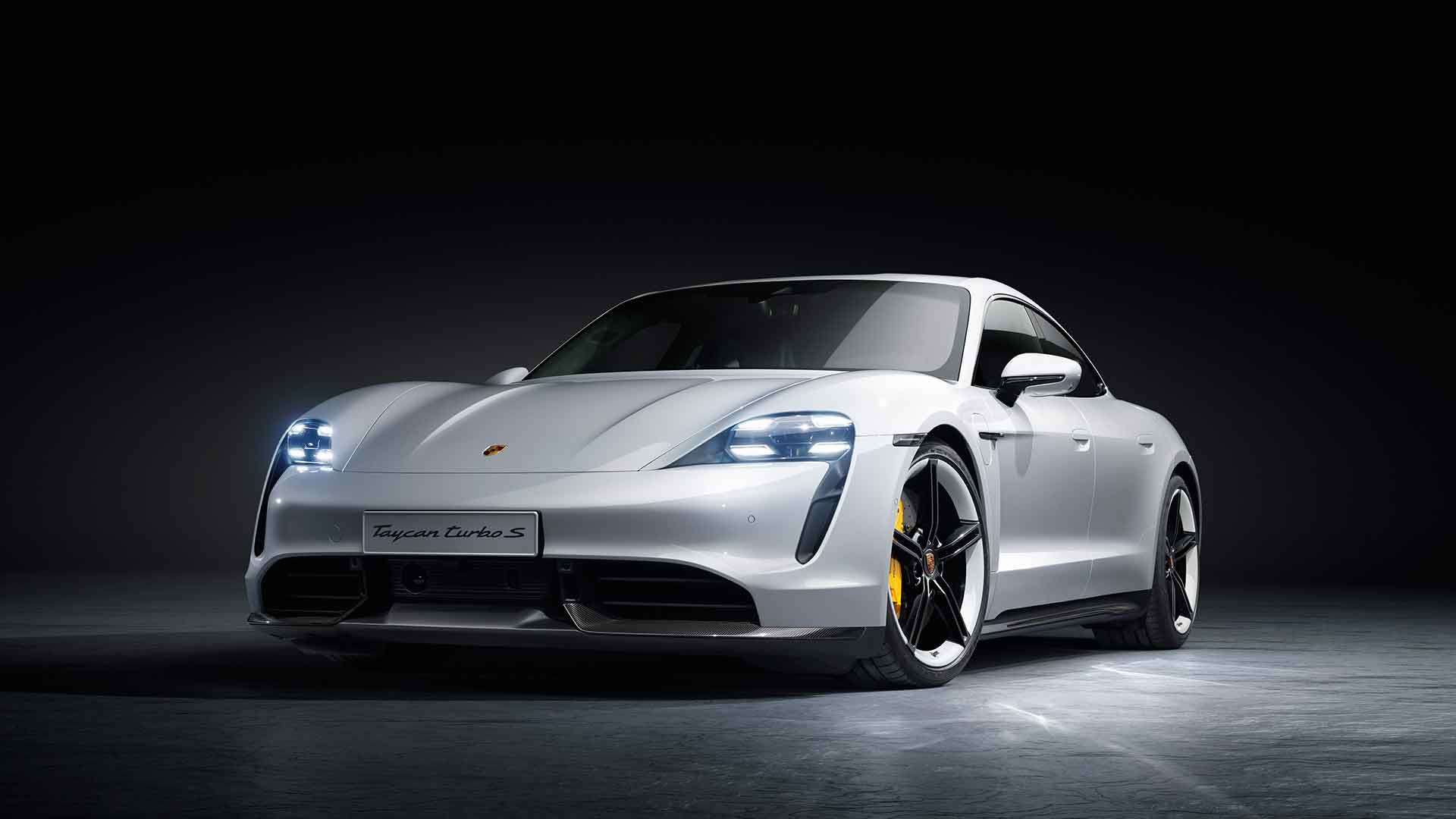
The German marque’s first EV has a lot riding on it – and a lot to prove. Can EVs be fun? Like, Porsche-level fun? It will certainly be pricey and fast, with more than 300 miles of range. The one to buy will surely be the ‘entry-level’ Taycan 4S with ‘Performance Battery Plus’. That’s how you’ll get 287 miles of range, anyway.
Honda e
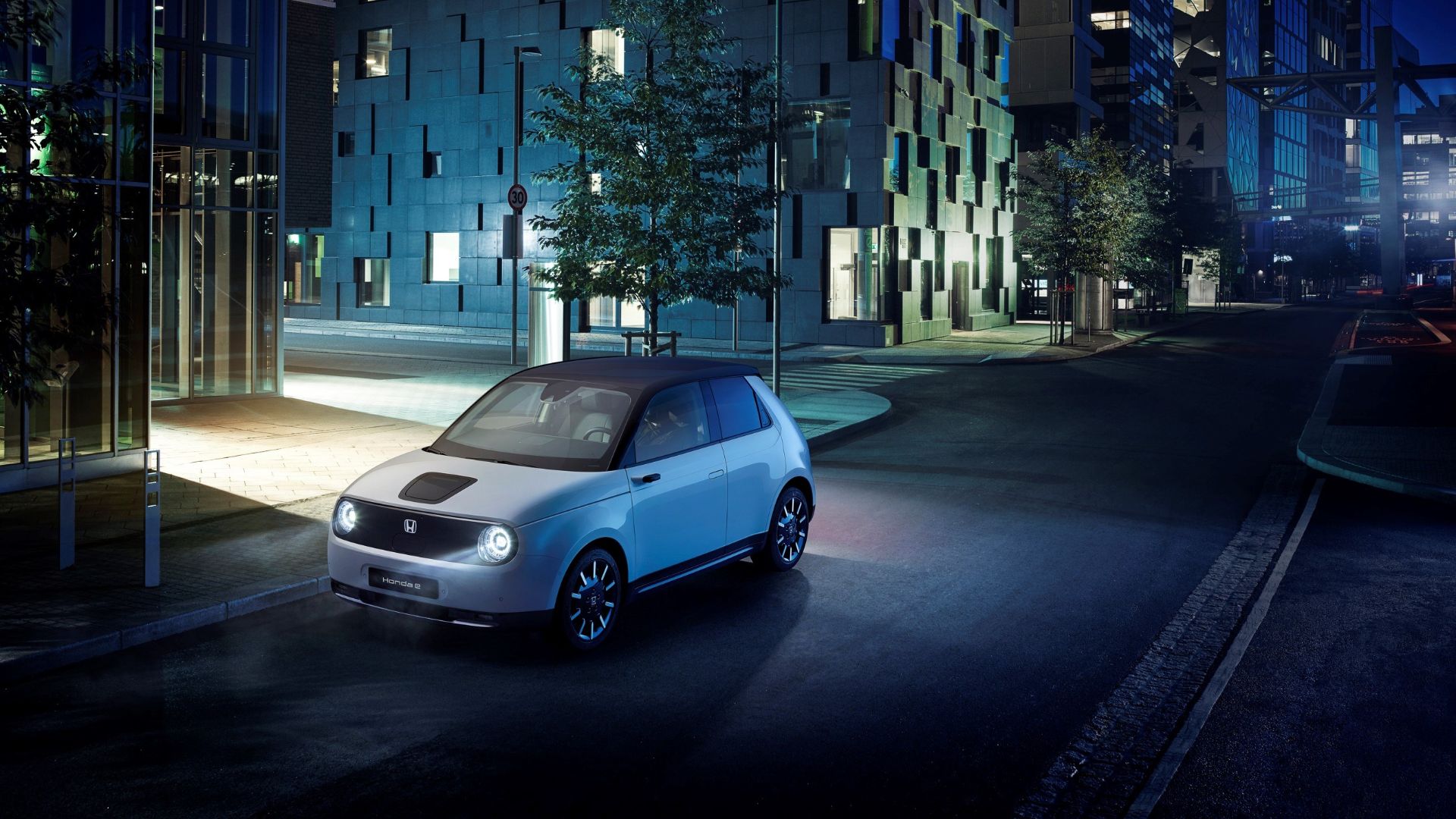
Honda’s stylish little electric car is very appealing visually, but is a bit pricey and short on range. Up to 137 miles is okay, but for £26,000 (after the £3,500 grant) you can get more miles for your money.
Mini electric
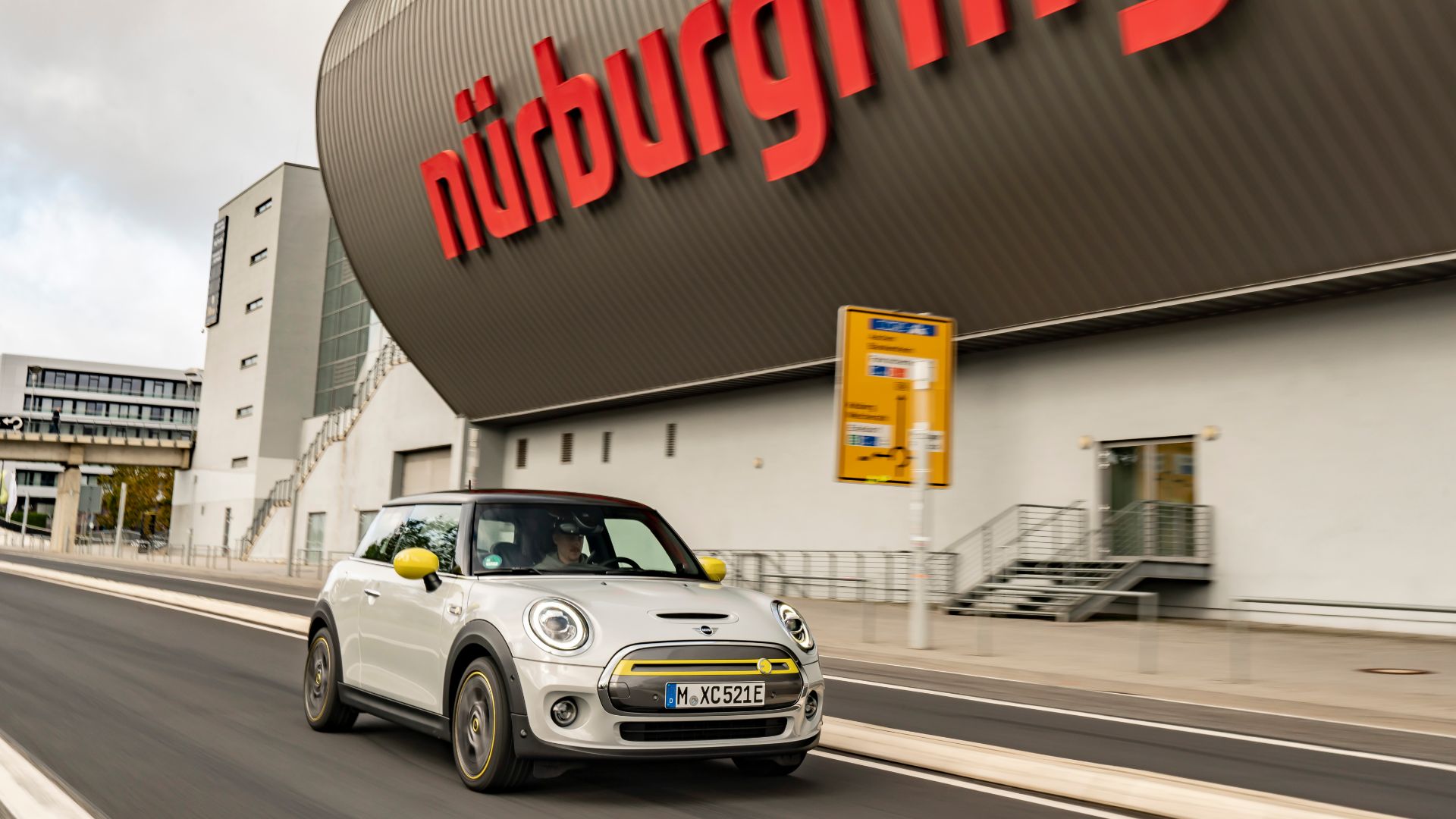
Mini unveiled an all-electric variant of its small hatch for general sale earlier this year. With a range of 144 miles, it’ll start from £24,400 when it lands early next year.
Audi E-tron
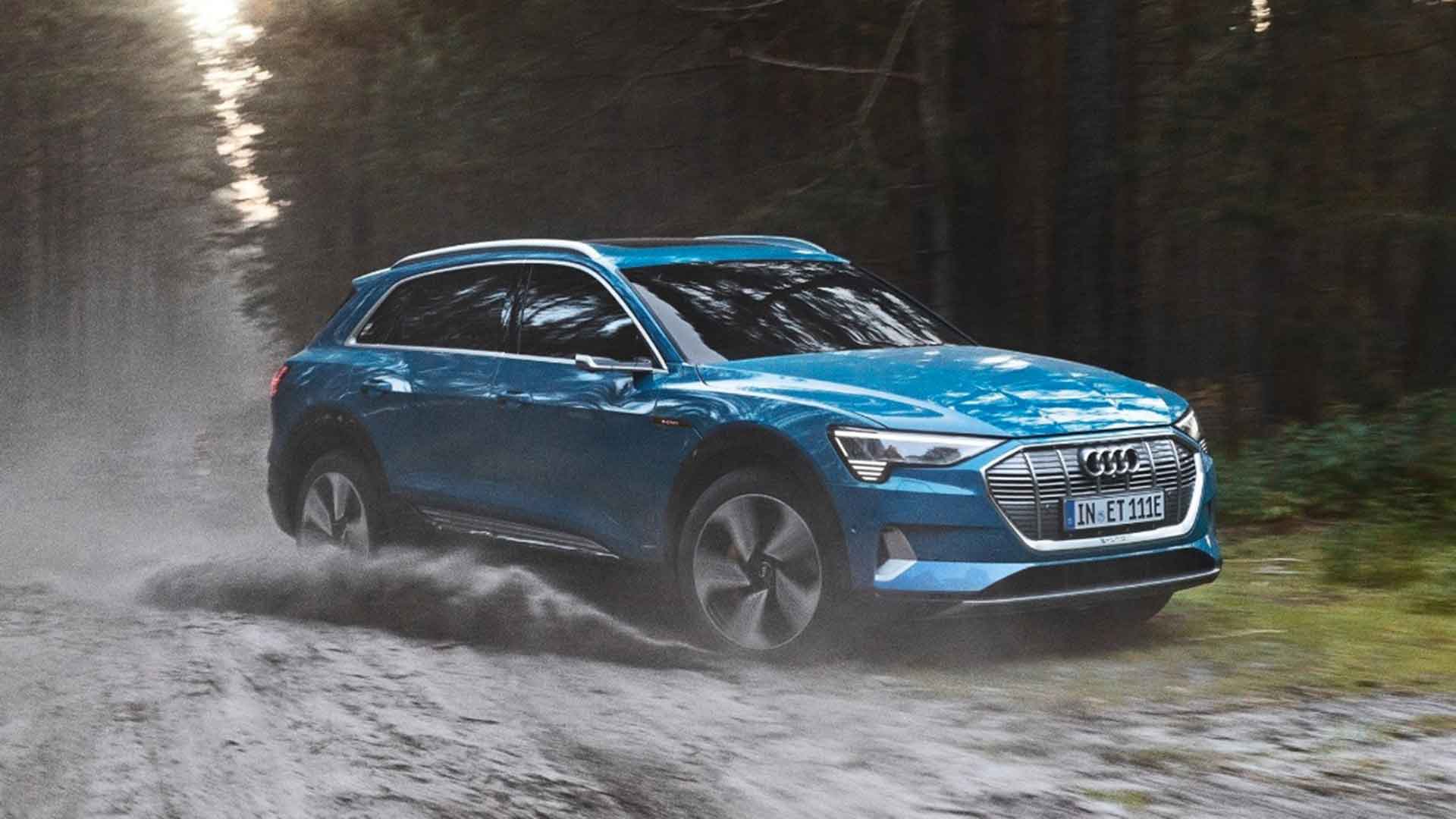
One of the latest entries into the electric car market, Audi’s E-tron is an electric SUV designed to undercut the Tesla Model X. You can buy one for around £70,000, after the £3,500 grant has been deducted. Its 250-mile range seems a bit slim for its size, though.
Volkswagen e-Up
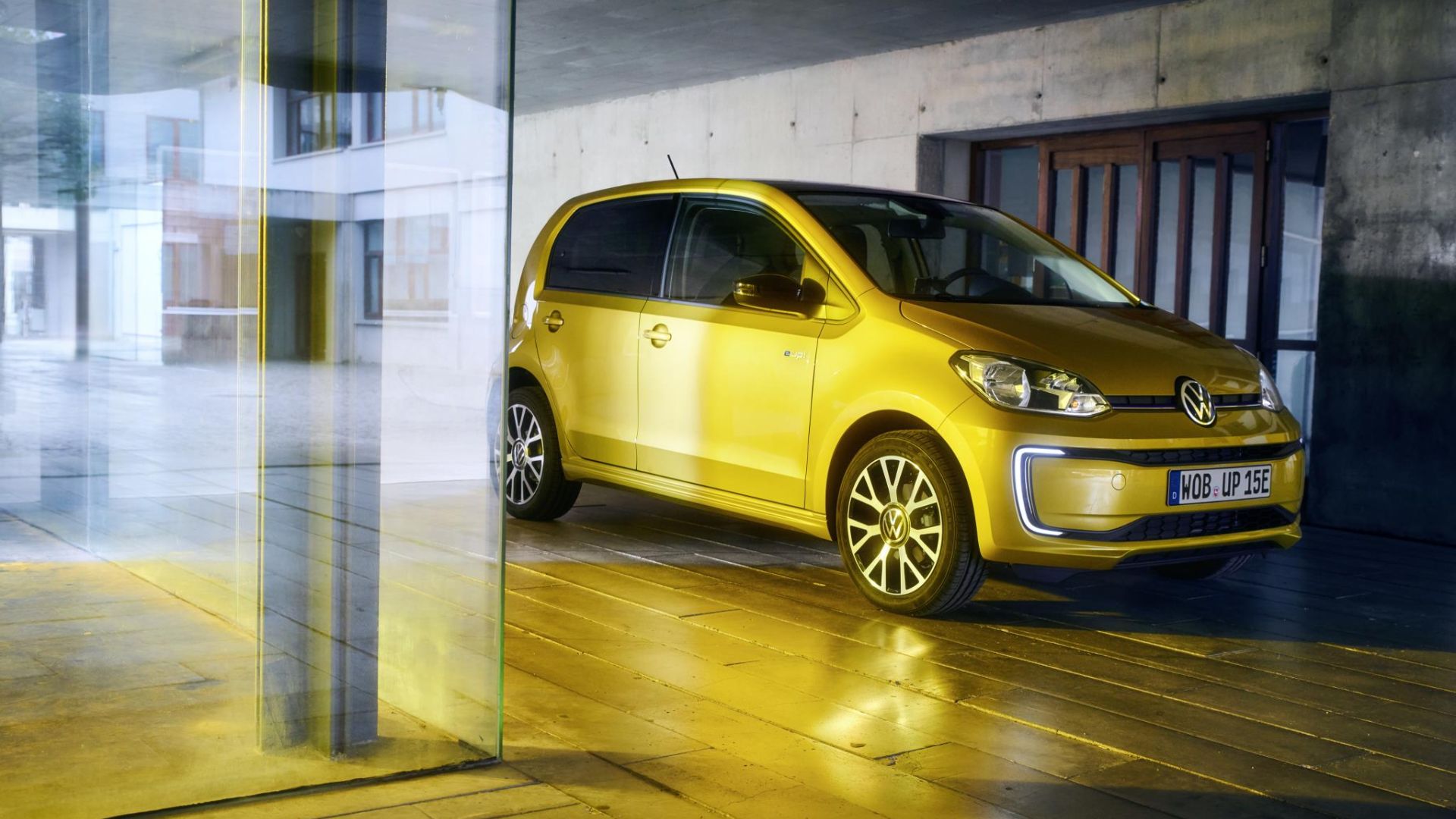
We all expected the e-Up’s days to be numbered now the ID.3 is with us. Not so: VW’s smaller electric car will live on, with range boosted to 162 miles from 99. The new e-Up should be available from under £20,000 (after the government grant) when it lands in the Spring of 2020.
Mercedes-Benz EQC
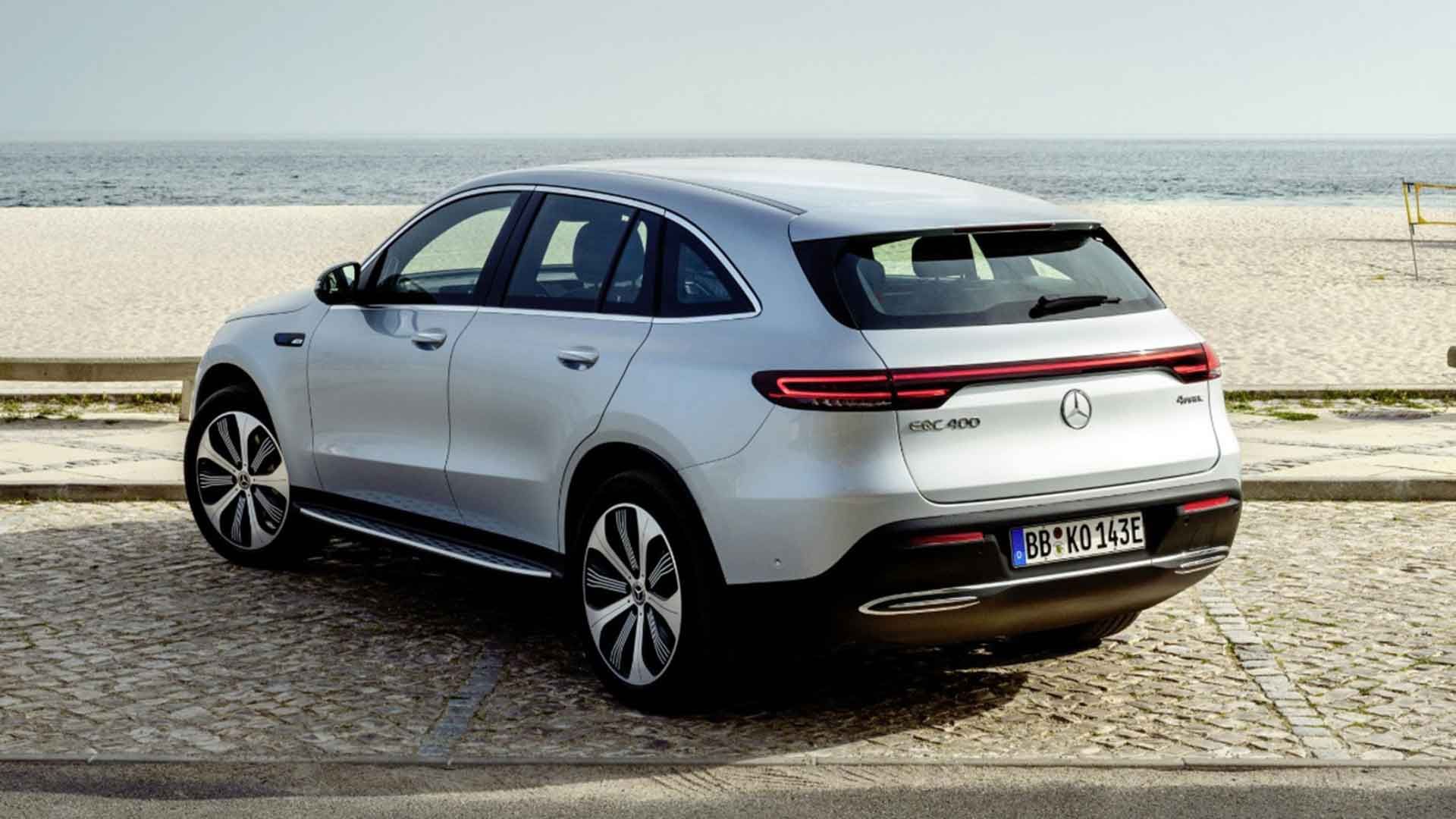
Mercedes-Benz unveiled the production version of its EQC SUV – the first in its EQ range – around the same time as Audi with its E-tron. It looks good, although an NEDC estimated range of 280 miles is worrying, given that may barely translate to 200 miles of real-world driving.
BMW i3
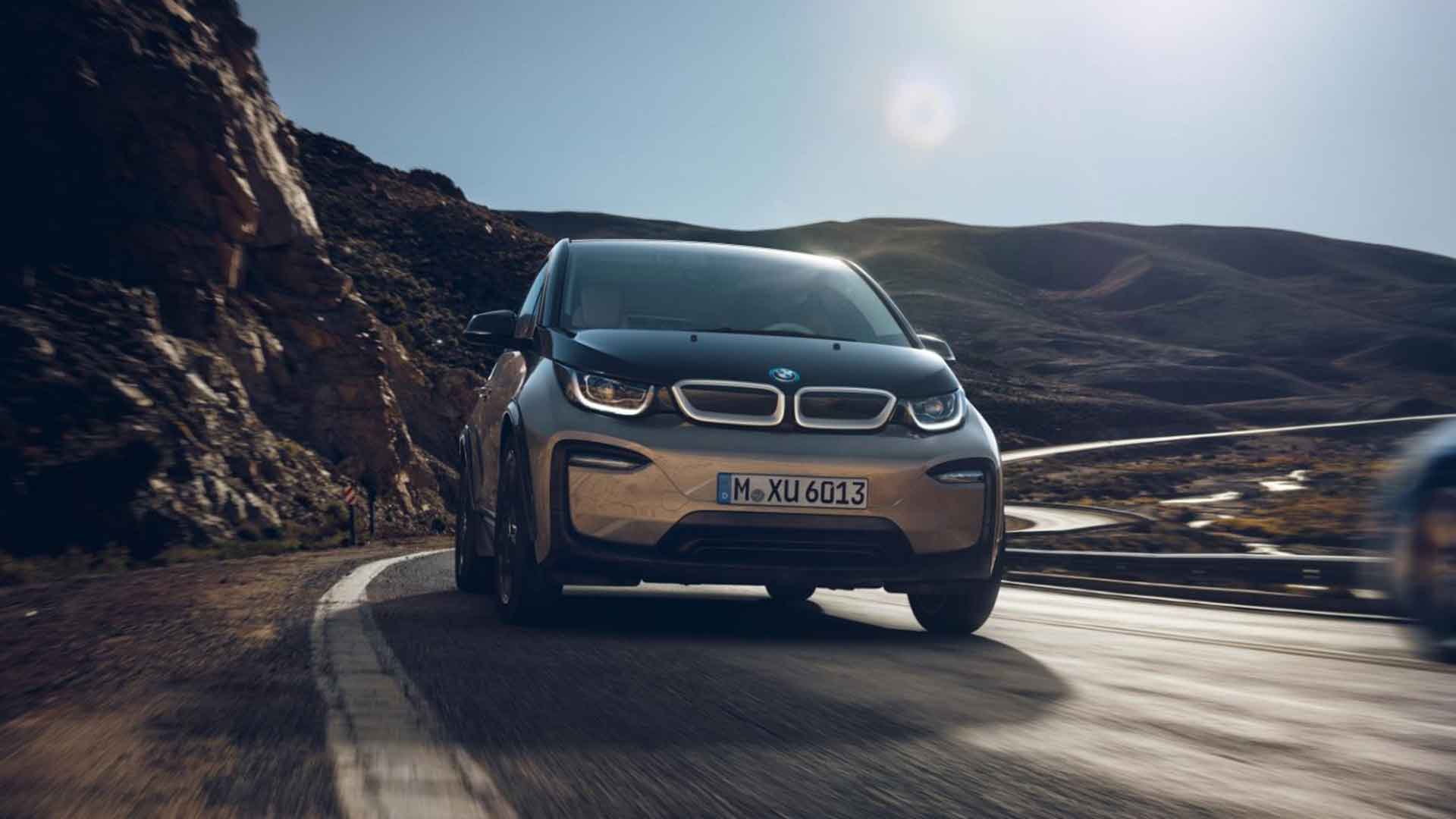
Unlike the E-tron, the i3 is a long-standing member of the EV club. It’s been on sale since 2014, but has recently received an update. Still, it remains a car best-suited to urban environments, offering a modest 175 miles between charges. Prices remain steep, but you ought to get beneath the £40,000 tax threshold.
Hyundai Kona Electric
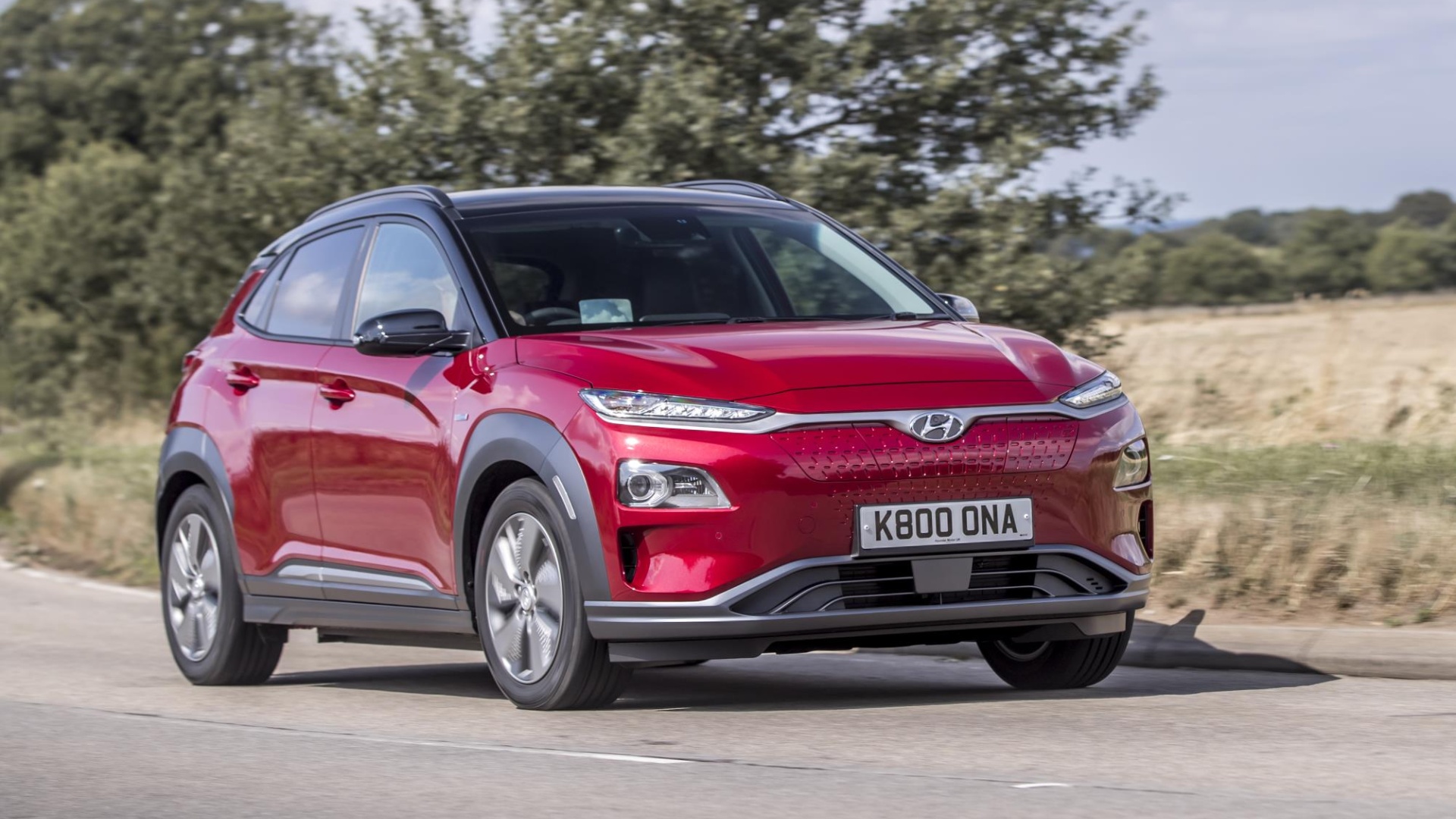
Now we’re into electric cars befitting the year 2019. The meatiest 64 kWh Hyundai Kona Electric is good for almost 300 miles on a full charge and can be yours for as little as £30,000 (after the government grant has been applied). This little Hyundai is a game-changer.
Hyundai Nexo
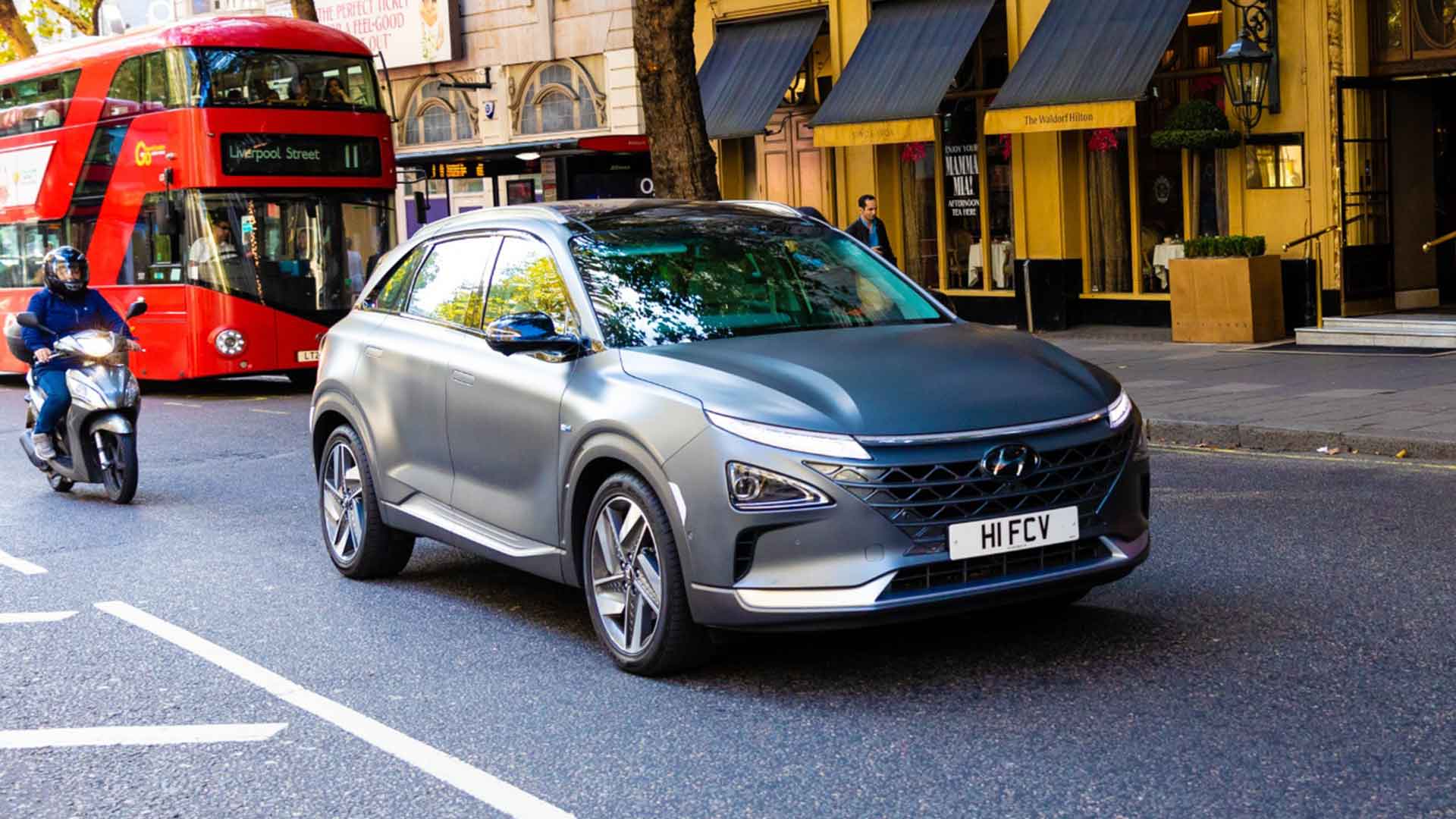
If the Kona is the car to take AFVs mainstream, the Nexo is its hipster sidekick. It’s a fuel-cell vehicle, which means filling up at a hydrogen station – the numbers of which haven’t reached three figures yet in the UK. Still, it’ll do over 400 miles on a tank, and can be filled within five minutes. All good, until you consider this Hyundai costs £65,000. What price progress?
Hyundai Ioniq
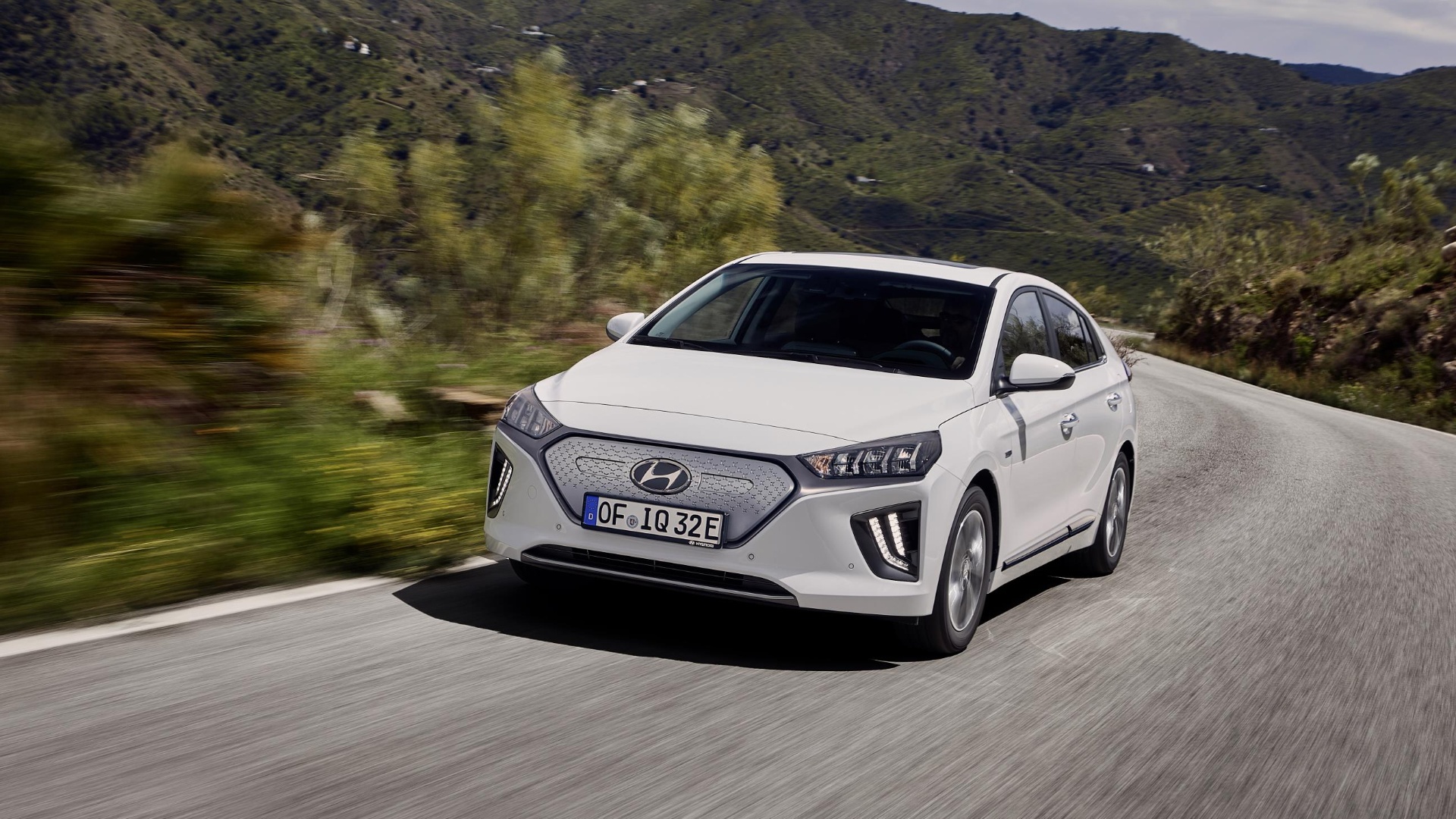
The Ioniq is the third prong in Hyundai’s eco trident. It’s hybrid or fully-electric, designed to compete with the best-selling Toyota Prius. The electric version is guaranteed to get you the government grant. Although it undercuts its 64 kWh Kona sibling on price – at £29,000 before grant – it suffers in terms of range. Expect a maximum of 174 miles from the all-electric version.
Jaguar I-Pace
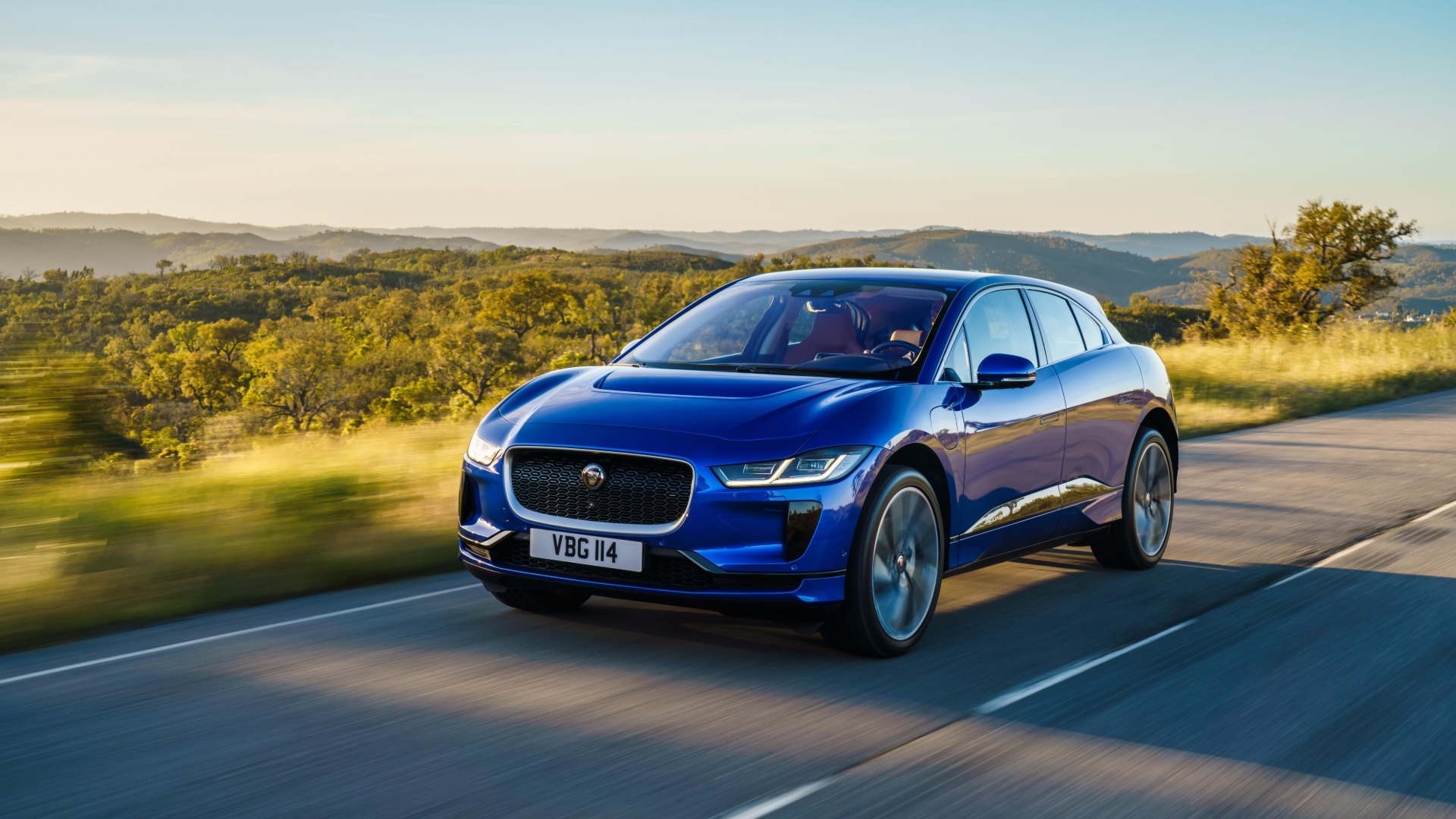
It’s fair to call Jaguar’s I-Pace the star electric car of the moment. For once, the big cat isn’t the underdog, beating all of its key German rivals to market with a large luxurious EV. A near-300-mile range is excellent, while sexy styling helps in an image-conscious market. It’s pricey, though: entry comes at no less than £60,000, even with the government grant.
Kia e-Niro
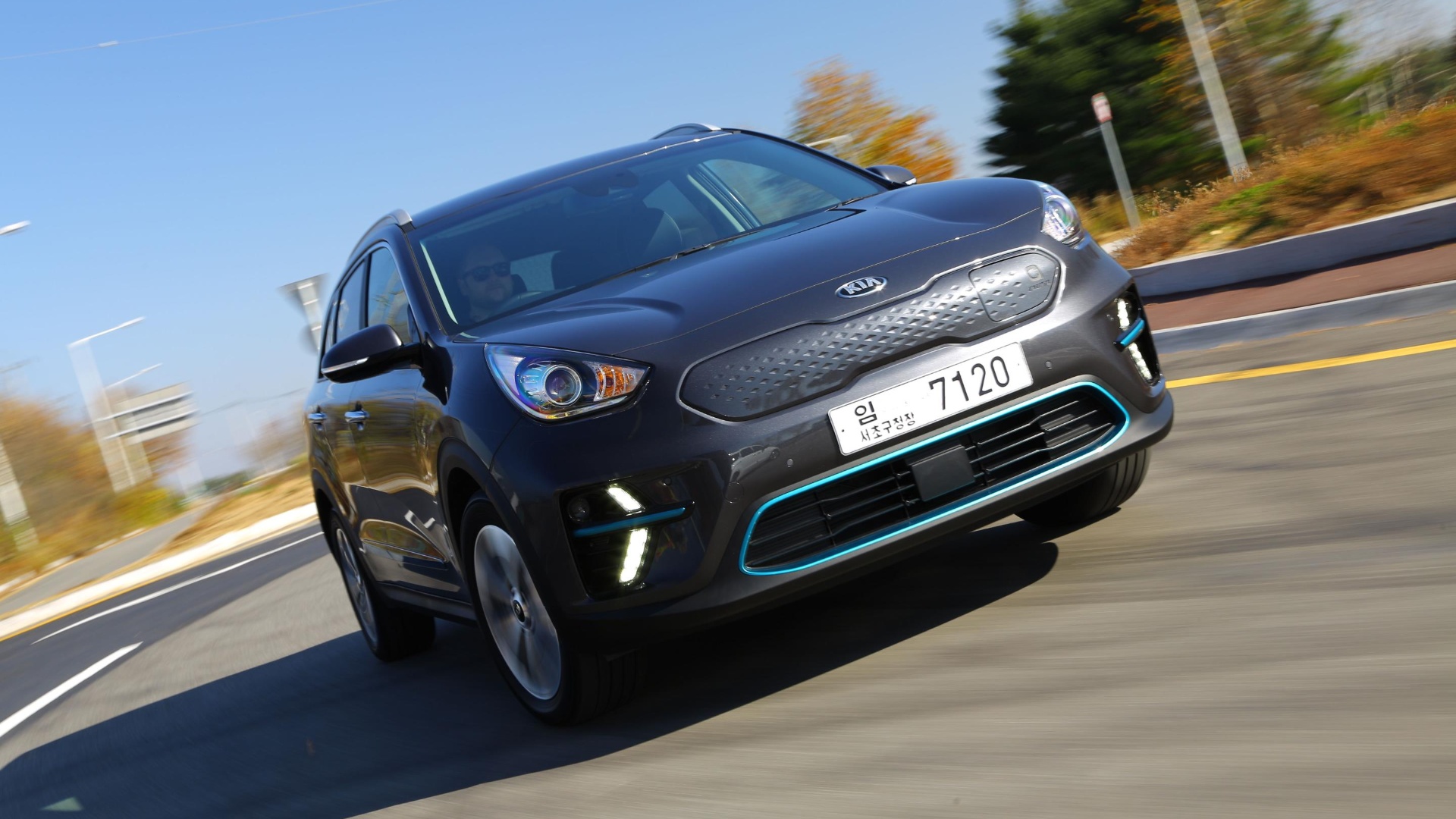
Sister car to the Hyundai Kona, the e-Niro is equally appealing. Tesla-baiting range and a genuinely affordable price are key attributes. Choose between the two based on looks and what deal you can wangle.
Kia Soul EV
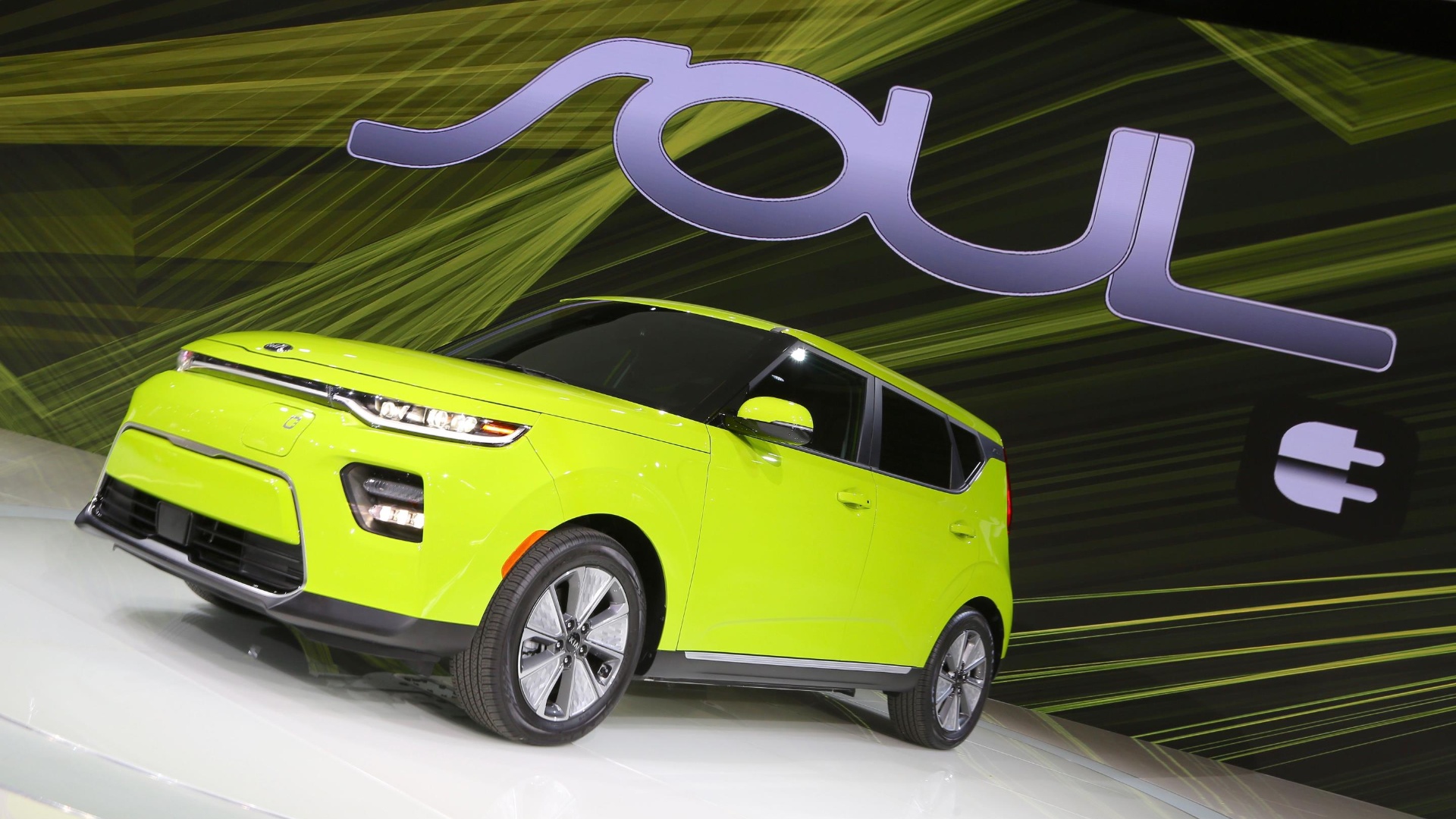
Again, like the closely-related Hyundais, there is a weird sibling: meet the curious Kia Soul EV, new for 2019. Behind the quirky design lives the excellent 64kWh hardware from the e-Niro and Hyundai Kona Electric, although a boxier body reduces official range to 280 miles. Still, for around £30,000 (after the grant) it’s still one of the most appealing and affordable EVs.
Nissan Leaf
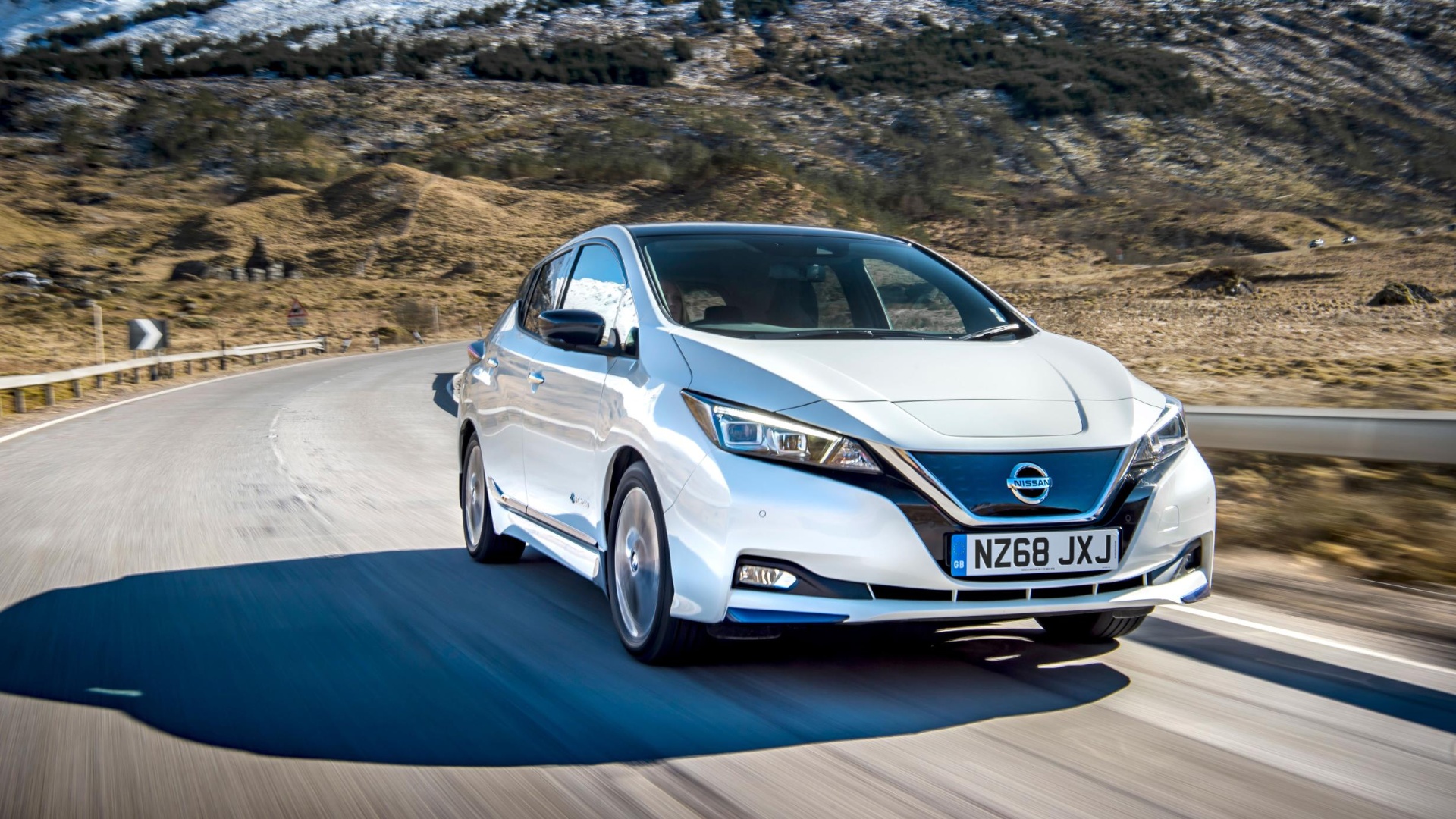
The Leaf has been heading up the affordable electric car game for nearly 10 years now. Of late, however, Hyundai and Kia have really caught up. Does the new Leaf meet their challenge? Well, it costs around £32,000 after the grant but its 239-mile range can’t quite match the Koreans. Expect an updated version soon.
Renault Zoe
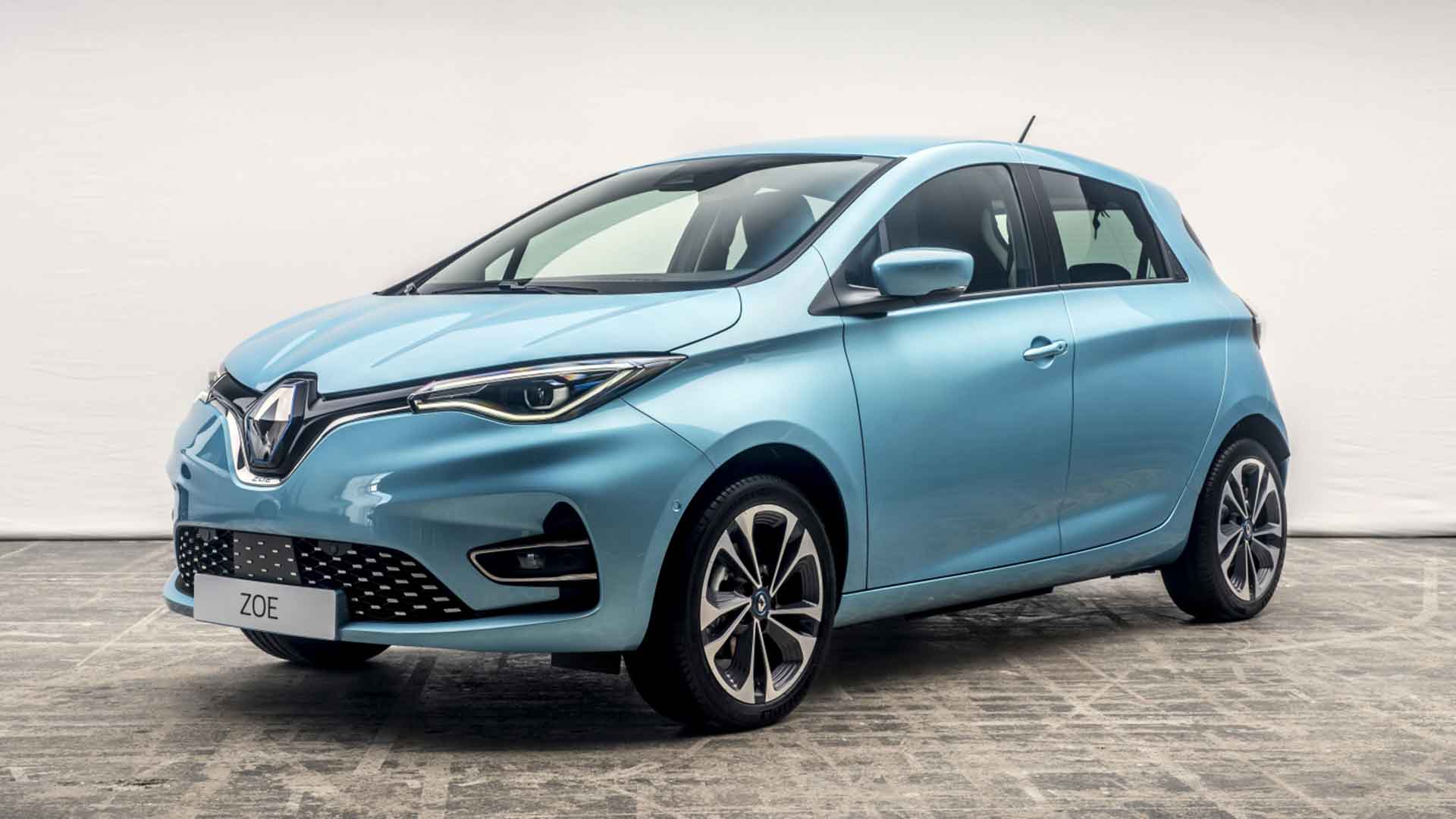
When it arrived in 2014, the little Zoe reminded us of an electric Twingo from another dimension. Since then, it’s gained more range and has continued to impress on price, albeit with the proviso of a monthly battery lease fee. Still, with the updated 2019 version, 52kWh and over 230 miles isn’t bad.
Smart EQ Fortwo
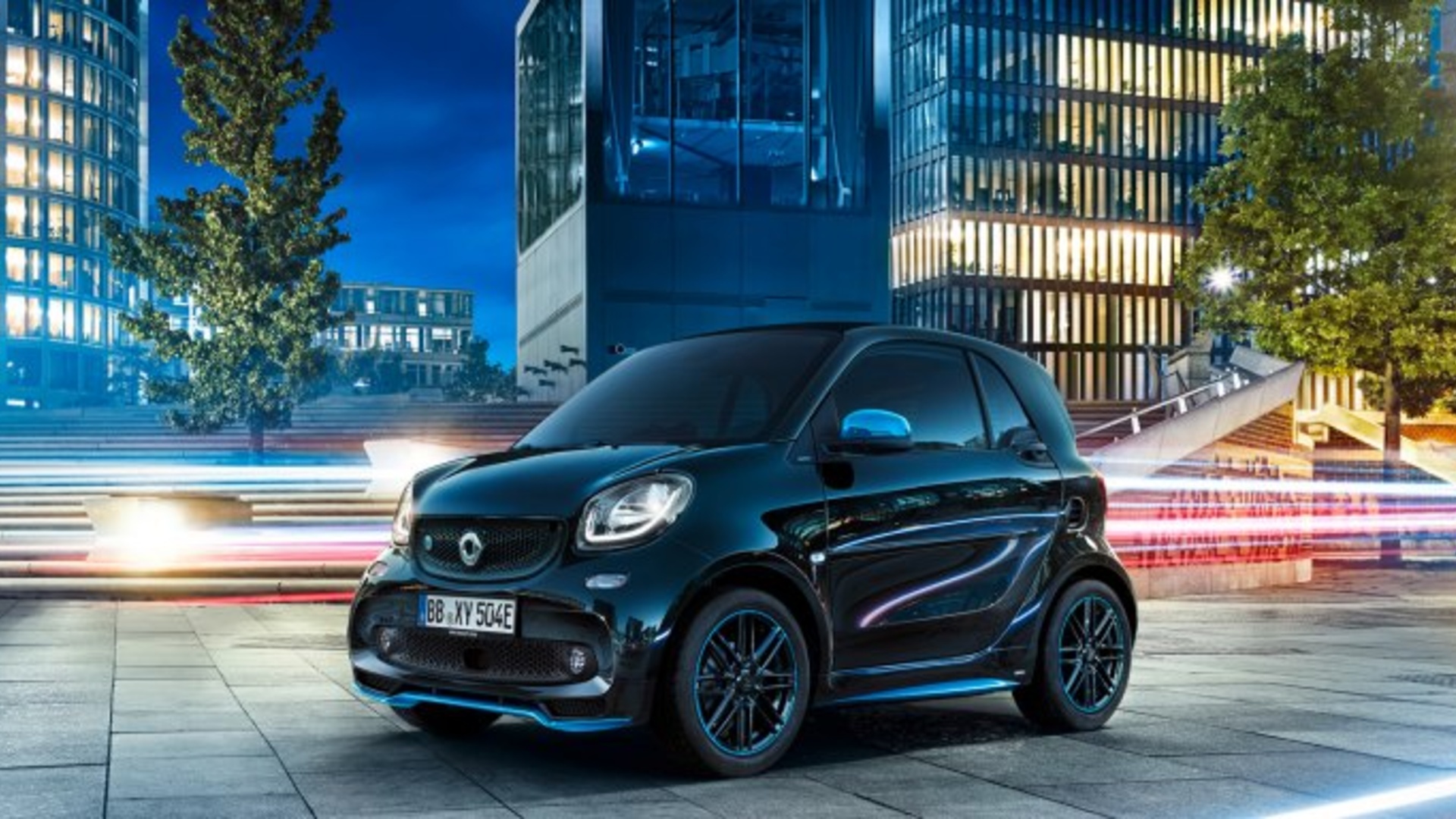
In 2022, the tiny car marque is going all in on electrons, killing internal combustion in its cars. This compact, easily-parked vehicle has always been king of the city. With zero emissions, what’s not to like? Well, the price and the range. One is large and the other is small, and not in the order you’d prefer. While the government grant gets it comfortably under £20,000, a quoted 99-mile range isn’t good enough. Hopefully the Geely-engineered models, due in 2022, will offer more for less.
Tesla Model S
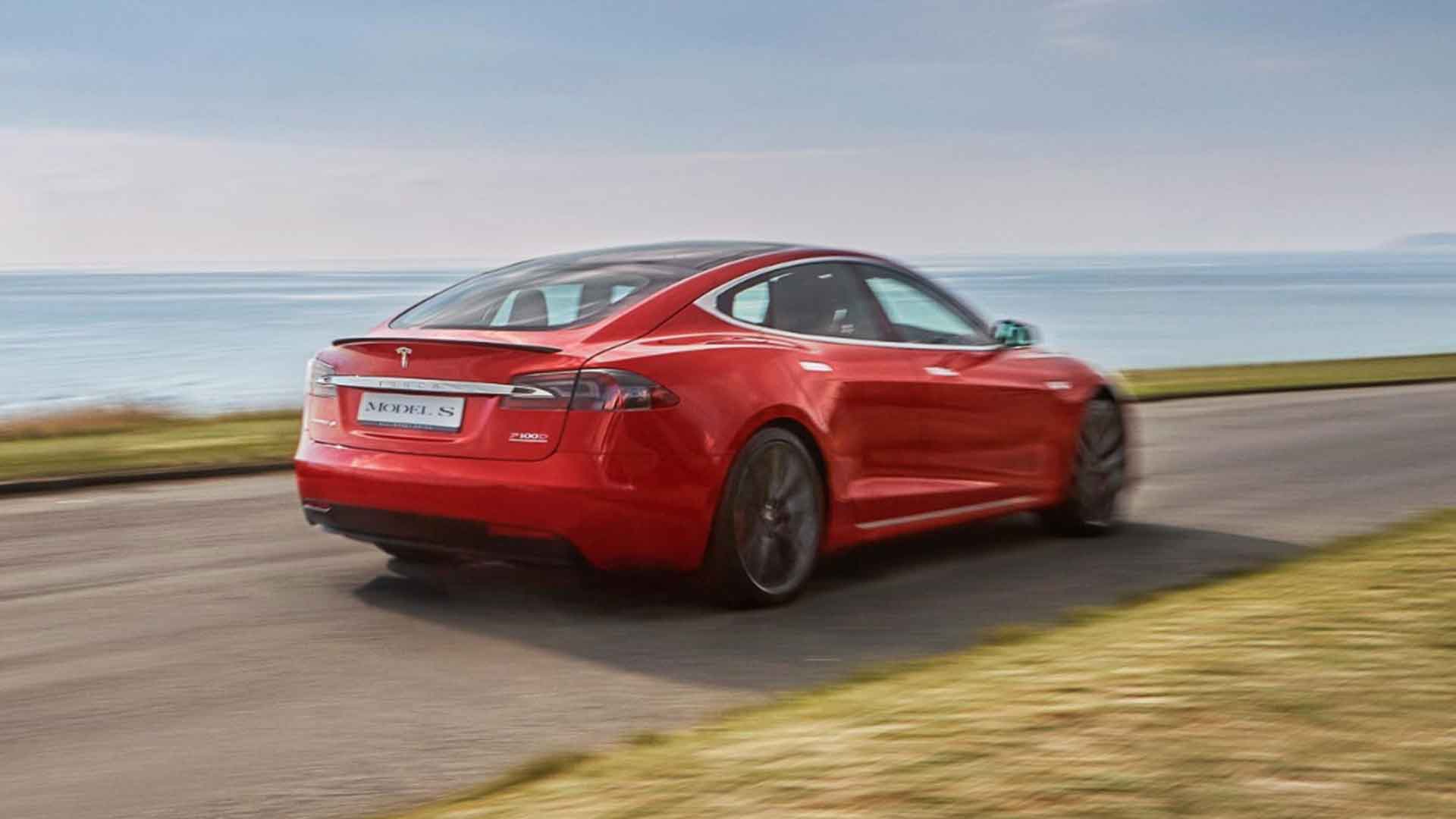
Arguably the market disruptor that got all eyes on electric, this virtually unknown marque came out of nowhere with a good-looking, fast and luxurious saloon that could cover serious mileage on a charge. It’s evolved considerably since its 2014 debut, too. The Model S range starts at £71,700, including the government grant. For that, you’ll get 280 miles of range. At £80,800 after the grant, the Long Range version gives you 375 miles – the most of any electric car currently on sale!
Tesla Model X
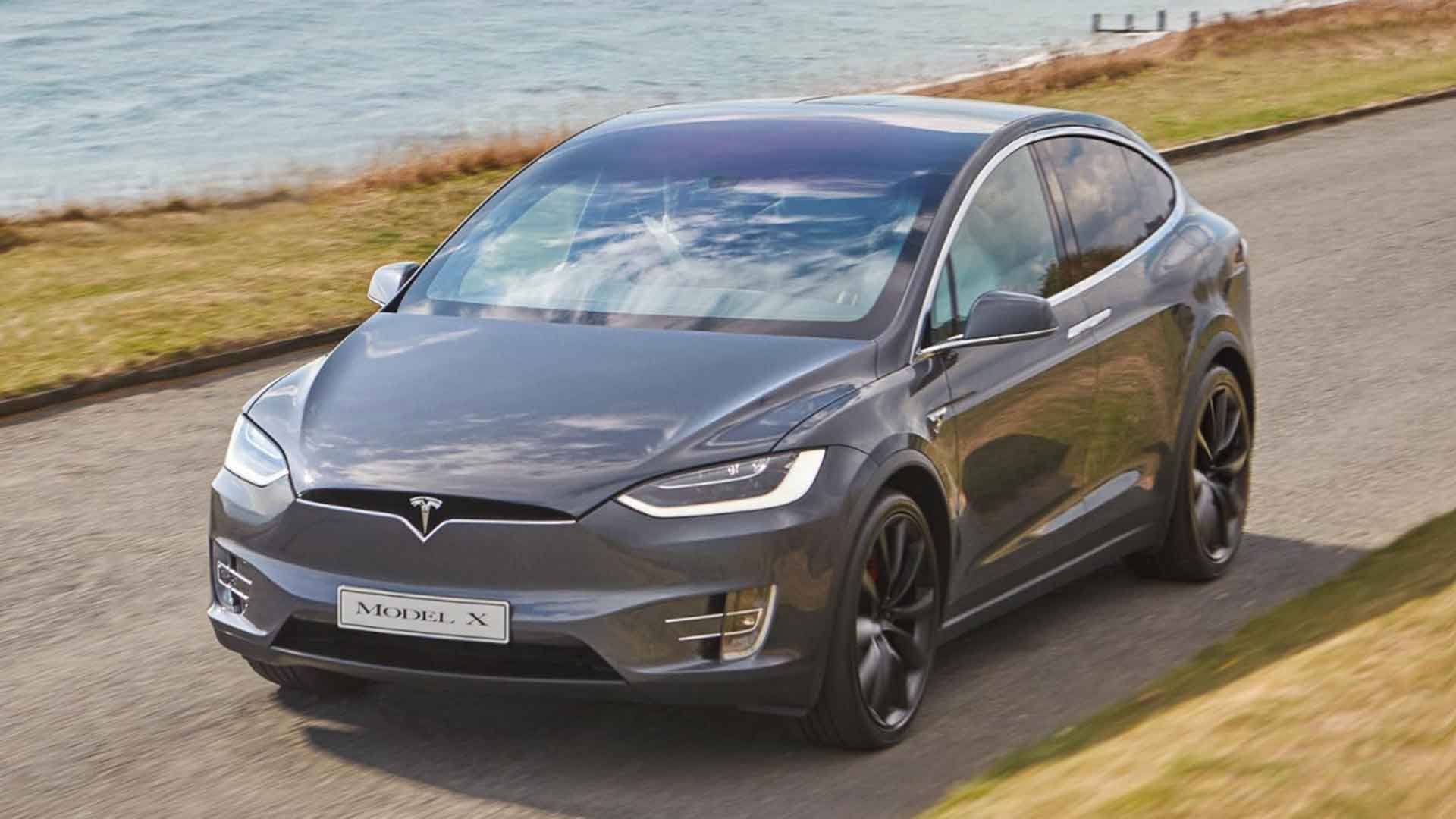
The Model X uses Model S hardware in a large SUV body with ‘falcon-wing’ doors. The same rules apply: you get the range, you get the power, but it’ll cost you. The Standard Range model, with 230 miles promised, costs £75,700 after the grant. The Long Range Model X manages 315 miles, but costs nearly £10,000 more.
Tesla Model 3
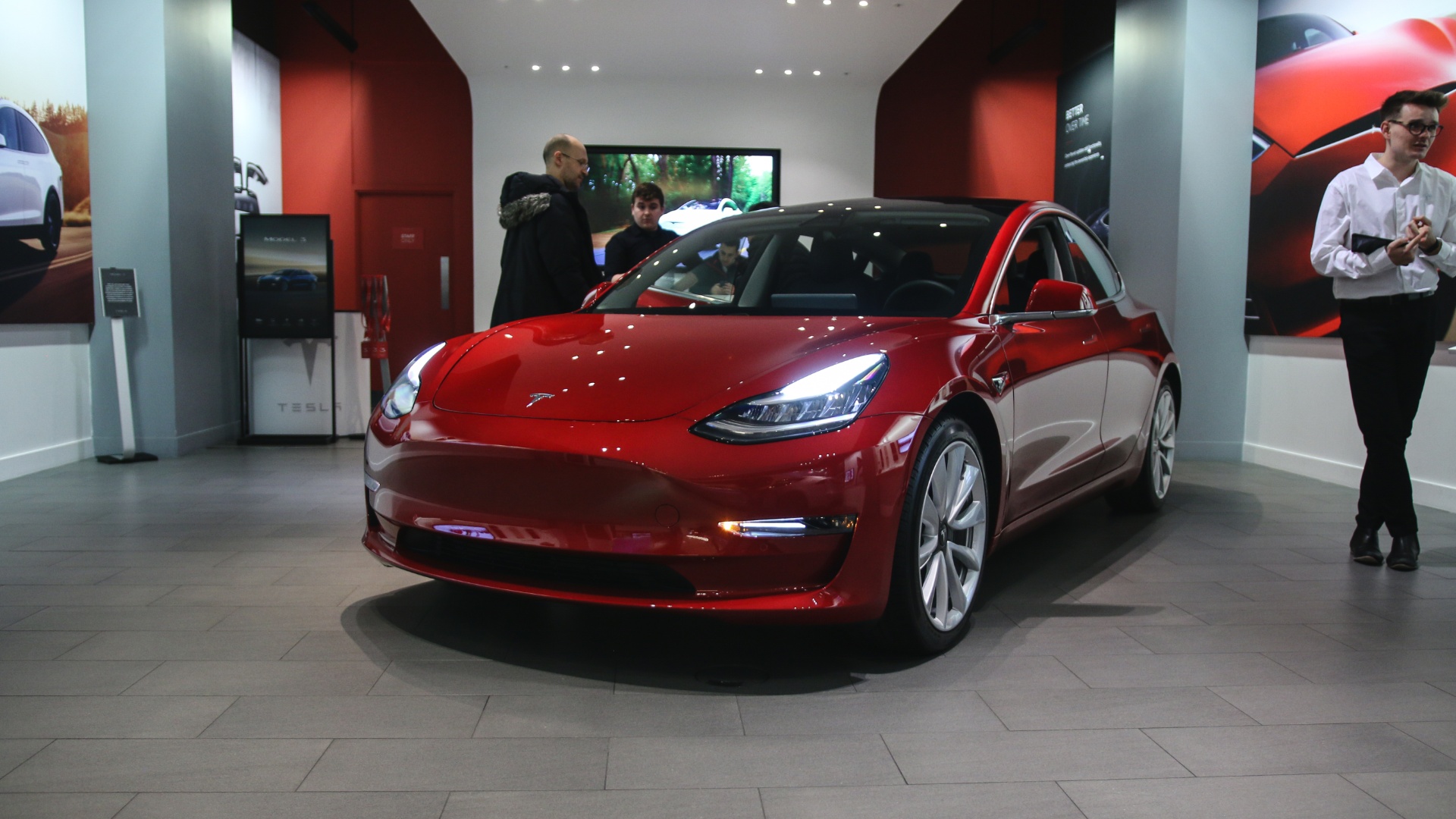
The Model 3 is the most realistic Tesla proposition yet. Starting from £38,000 after the grant (once it’s inducted into the scheme), it’s almost good value. A Kona Electric for £8,000 less will go further, but this is a stylish, luxurious and premium saloon. We won’t try and argue the Kona is anywhere near as desirable. Well worth a look in 2019.
Polestar 2
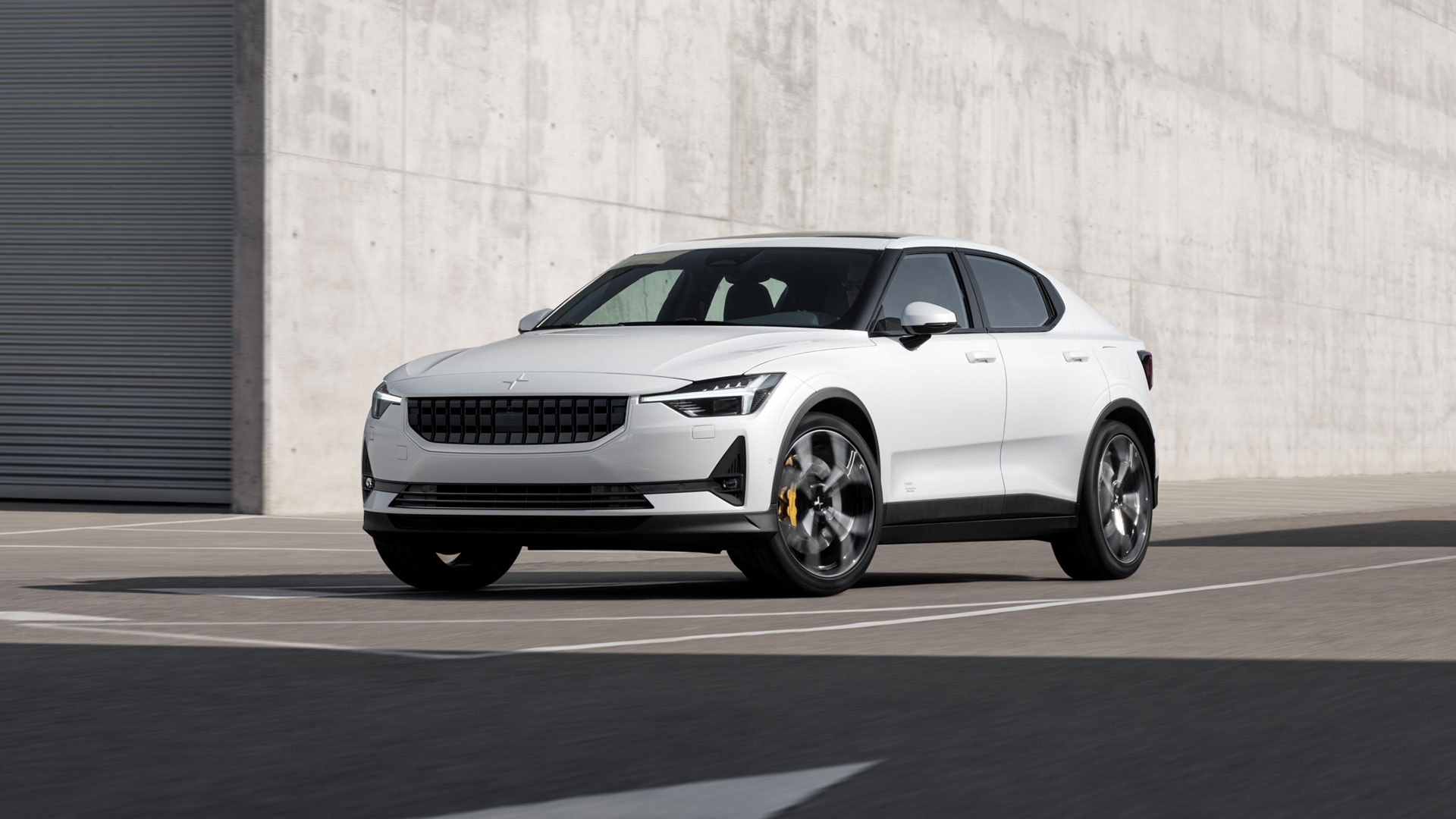
Volvo’s electric offshoot has wasted no time producing rivals to Tesla. Like the Model 3, the Polestar 2 is a small executive car. Unlike the Model 3, it has the ride height and stance of an SUV. Up to 310 miles range will reportedly be available, with a lower-range model available from £34,000.
Toyota Mirai
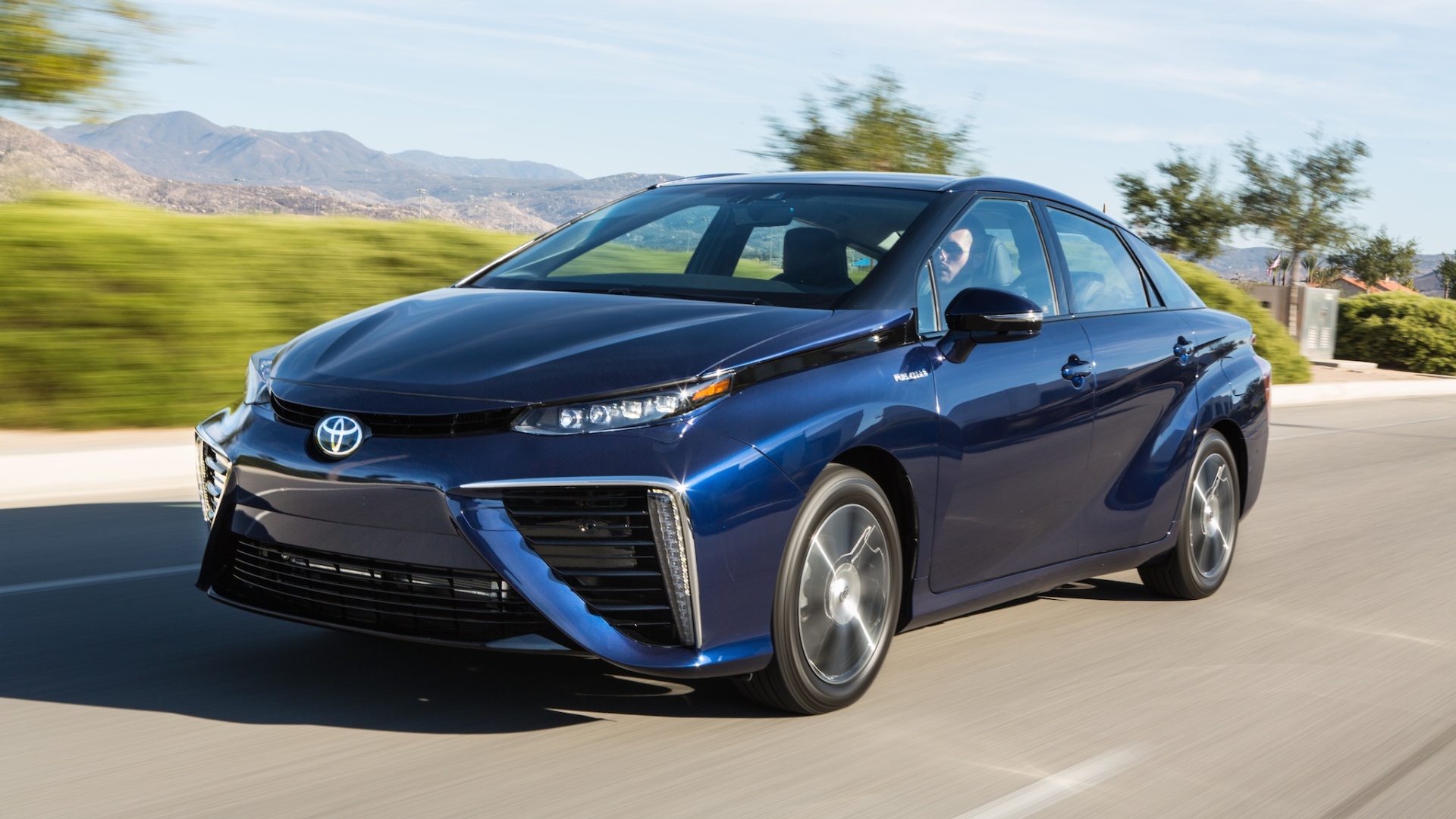
More weirdness, this time from Toyota. Like the Hyundai Nexo, it’s a hydrogen fuel-cell car, meaning the aforementioned pros (range, fill-up time) and cons (infrastructure, price) apply. The Mirai will drive over 300 miles on a tank, emissions-free. But it’ll cost you £65,000 to buy. There is, however, a very sleek-looking new one on the horizon. Best to wait?
Coming soon: Audi E-tron GT
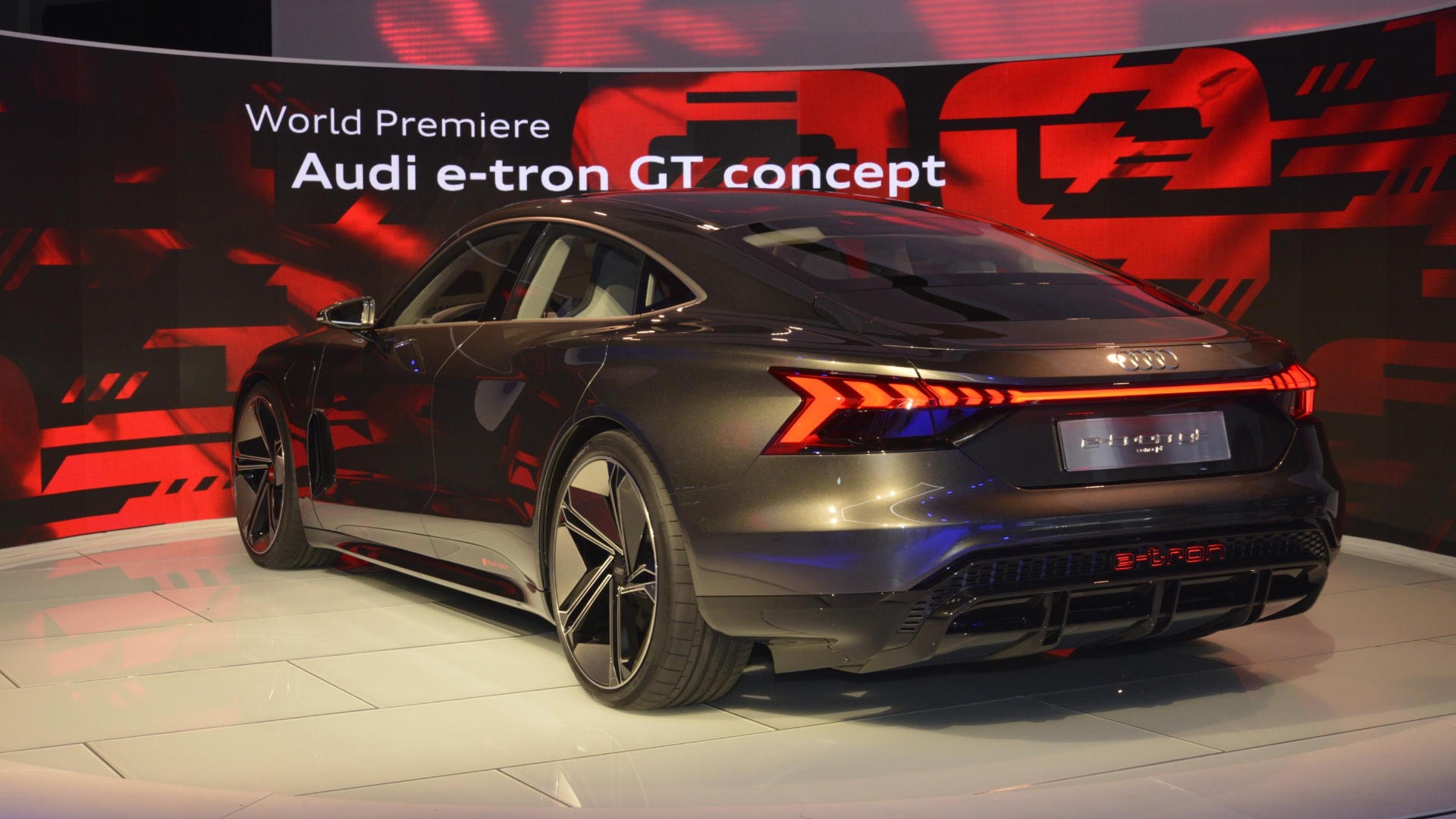
A Porsche Taycan in a swish Audi suit, the E-Tron GT recently starred in the Avengers: Endgame film. Expect Audi’s Tesla-fighter to top 300 miles on a full charge, and be relatively expensive.
Coming soon: Ford ‘Mustang-inspired’ SUV
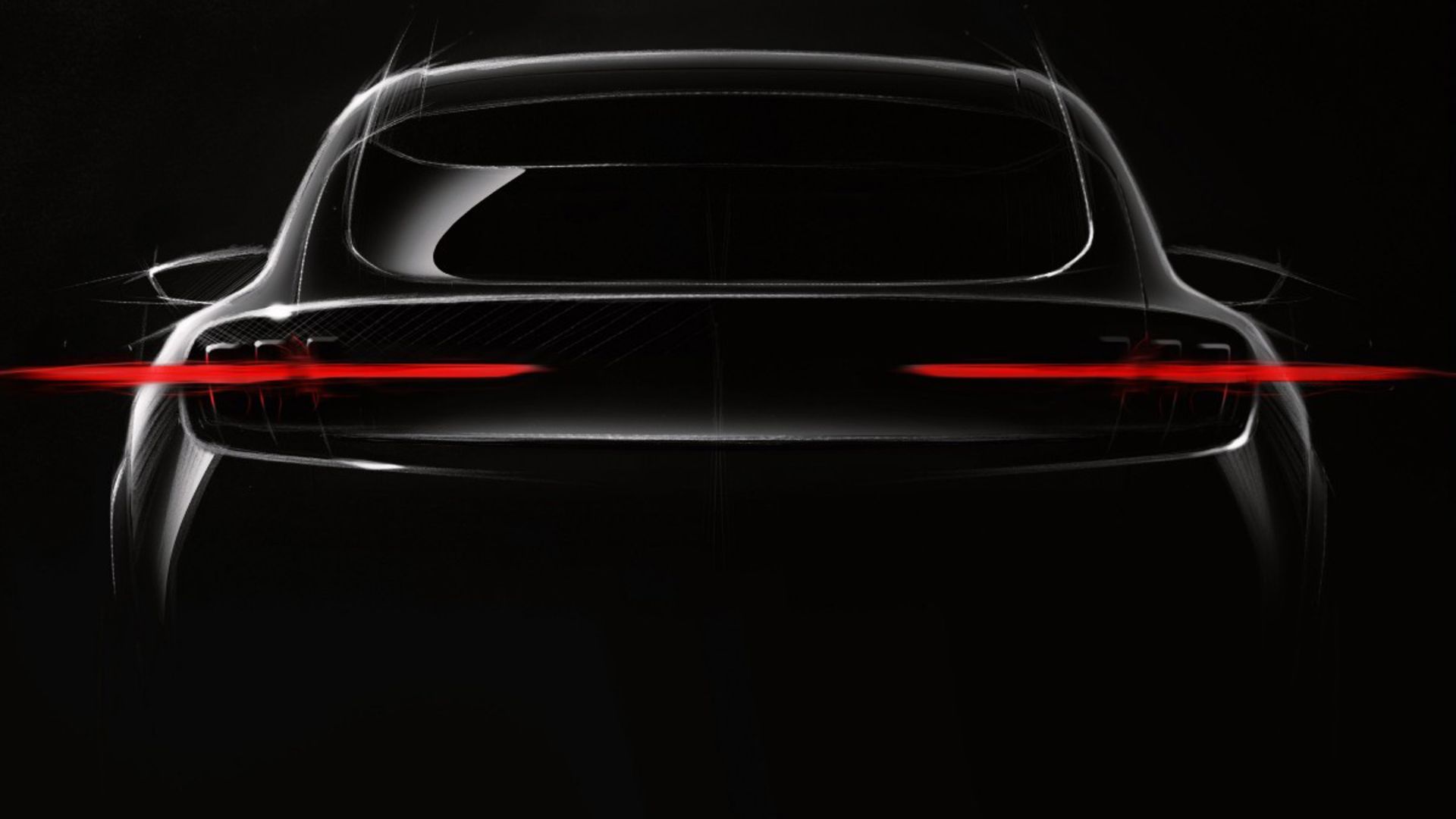
Yes, Ford is bringing out a Mustang-inspired SUV, and it’s going to be all-electric. Regardless of how odd that sounds, over 370 miles of range will be quite impressive.
Coming soon: BMW iNEXT
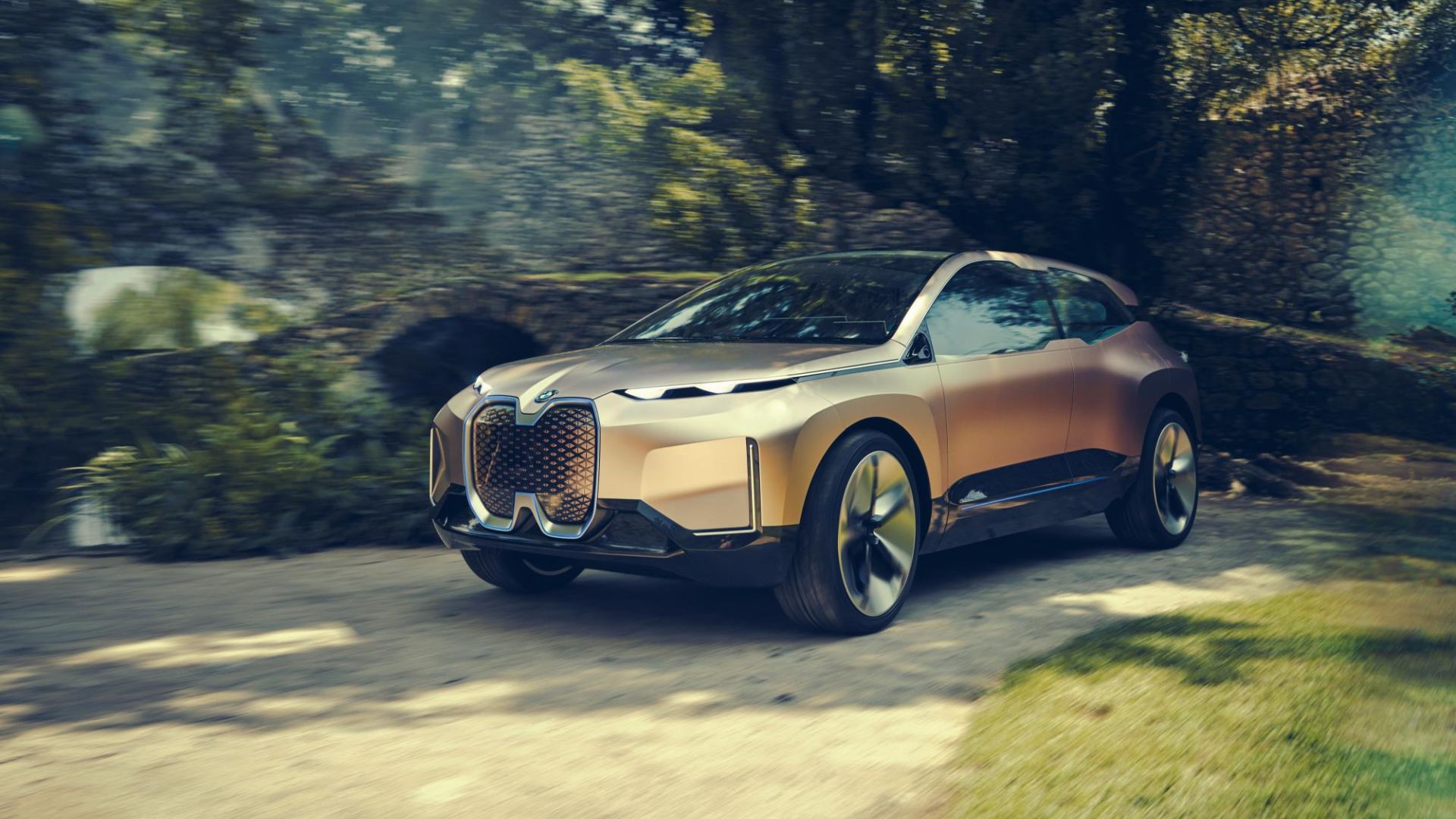
BMW’s next foray into AFV motoring will be the iNEXT. Described as a ‘technology flagship’, it’ll boast 370 miles of range when it launches in 2021.
Coming soon: Volkswagen ID.4

The ID.3 is only the beginning for VW’s ID line of cars. Next up is the ID.4, which will be an all-electric crossover. A camouflaged prototype was teased at Frankfurt, but we won’t see the finished article for another year.
Coming soon: Fiat 500 electric
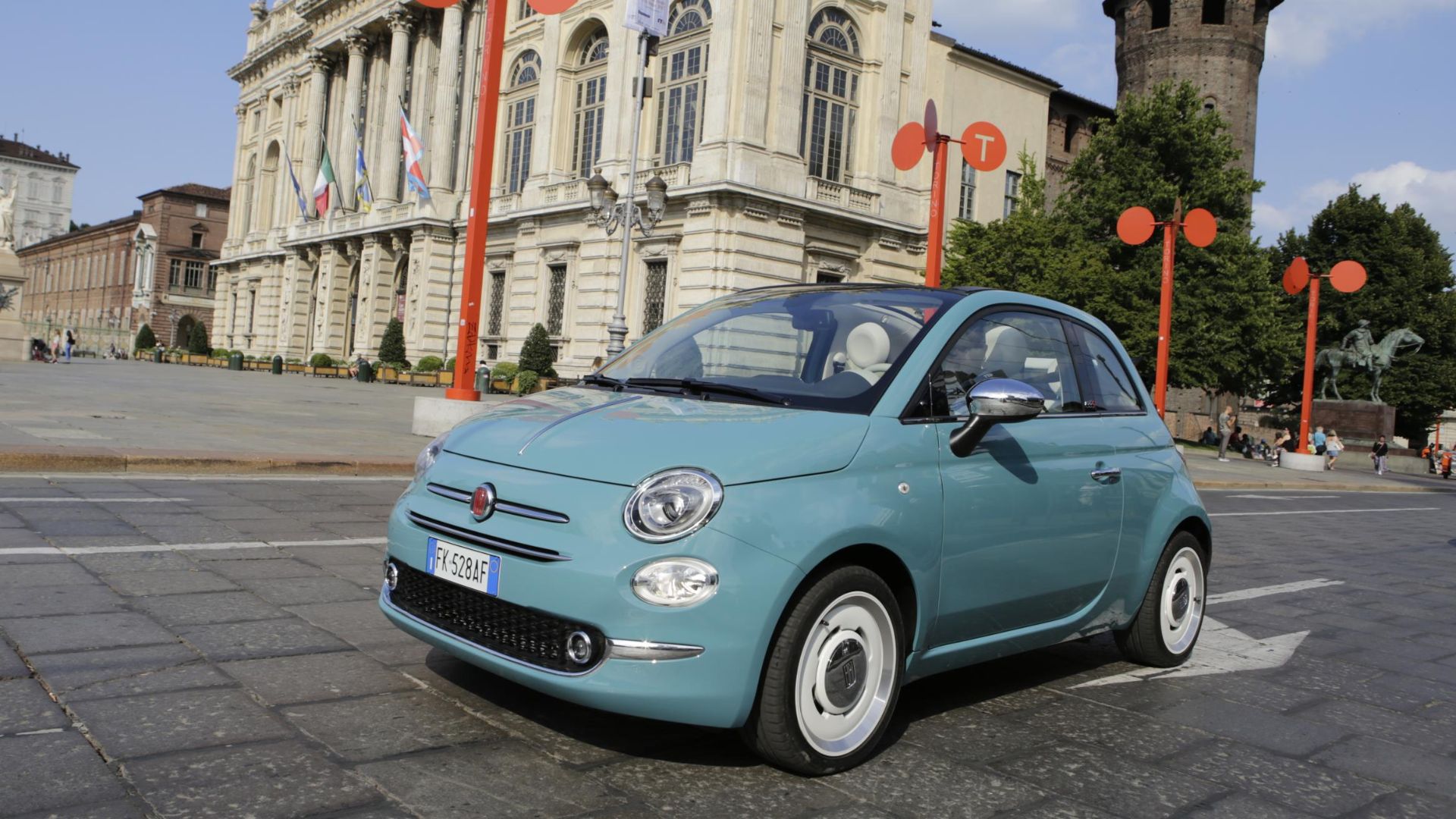
Fiat is serious about building electric versions of its Fiat 500 – and building a lot of them. It’s going to pump serious money into production facilities for such a car. Whether it’ll be this generation, or a much-anticipated new car, remains to be seen.
Coming soon: Tesla Model Y
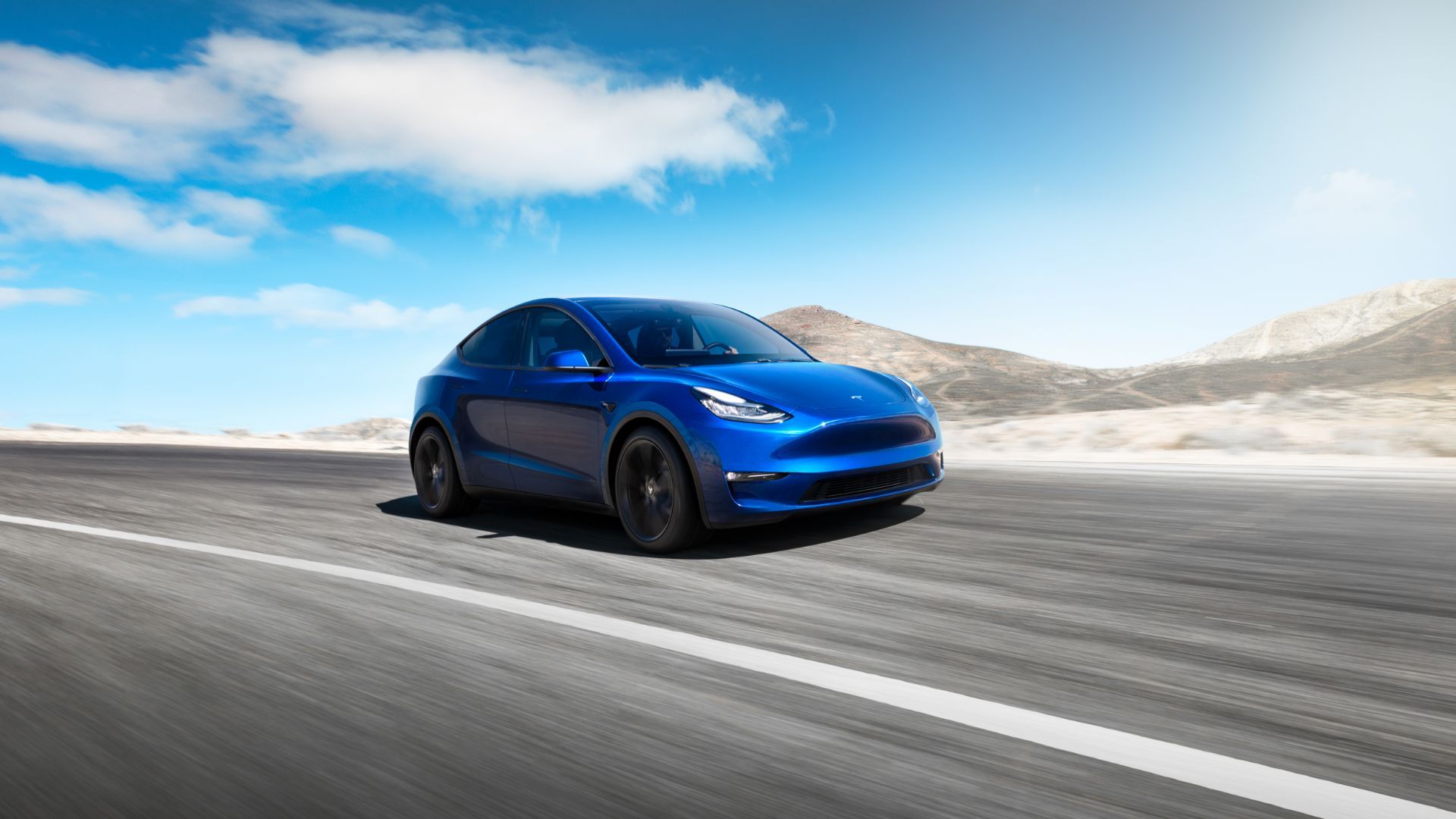
Tesla’s slow conveyor belt of svelte electric market disruptors trundles on, with the next model due being the Model Y crossover. Think ‘Model 3’, but a crossover.